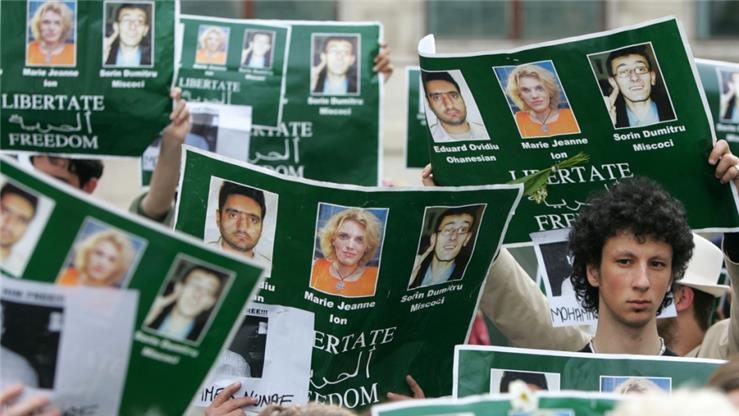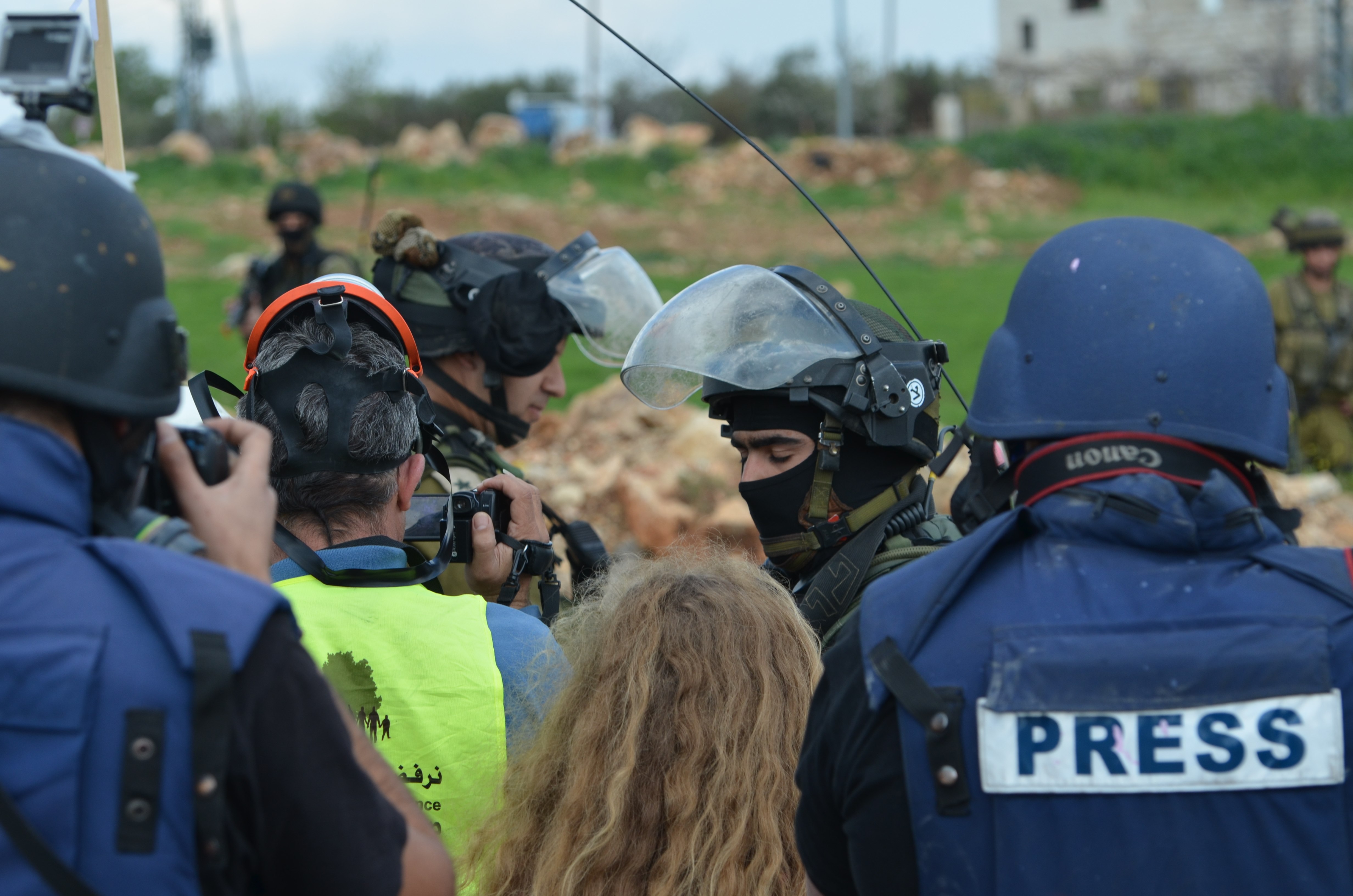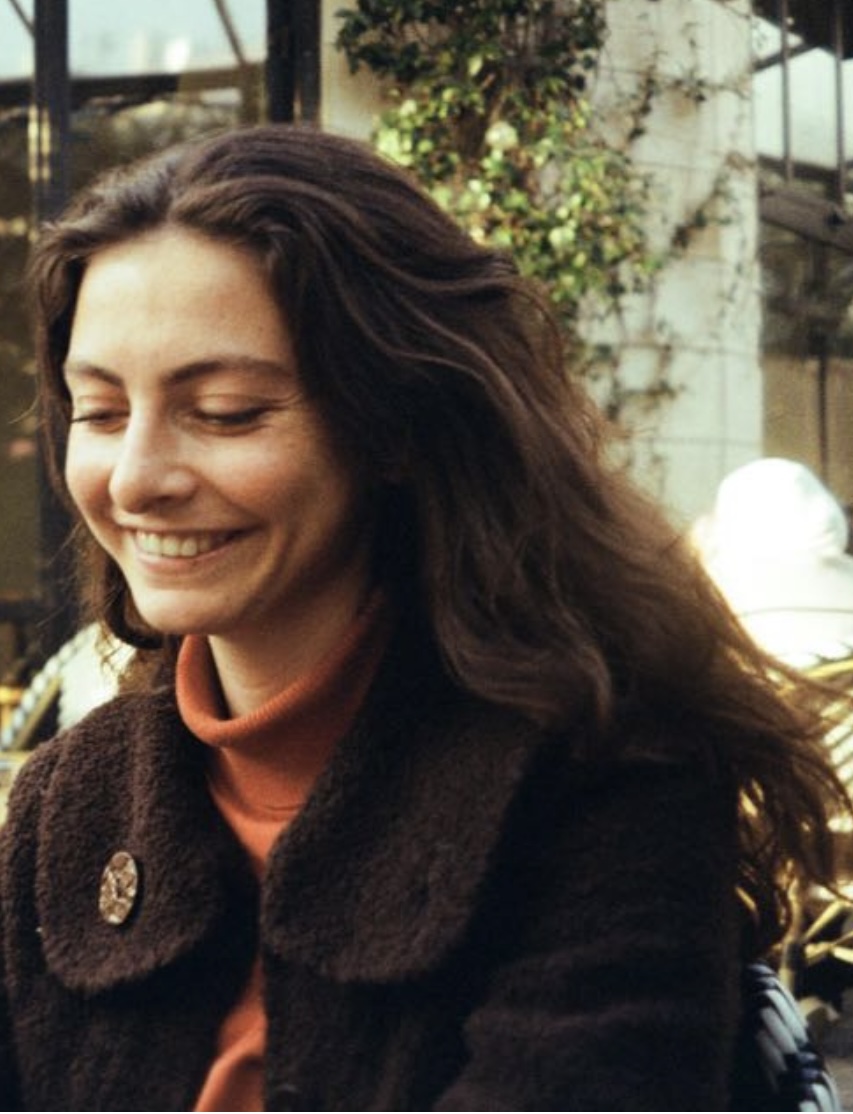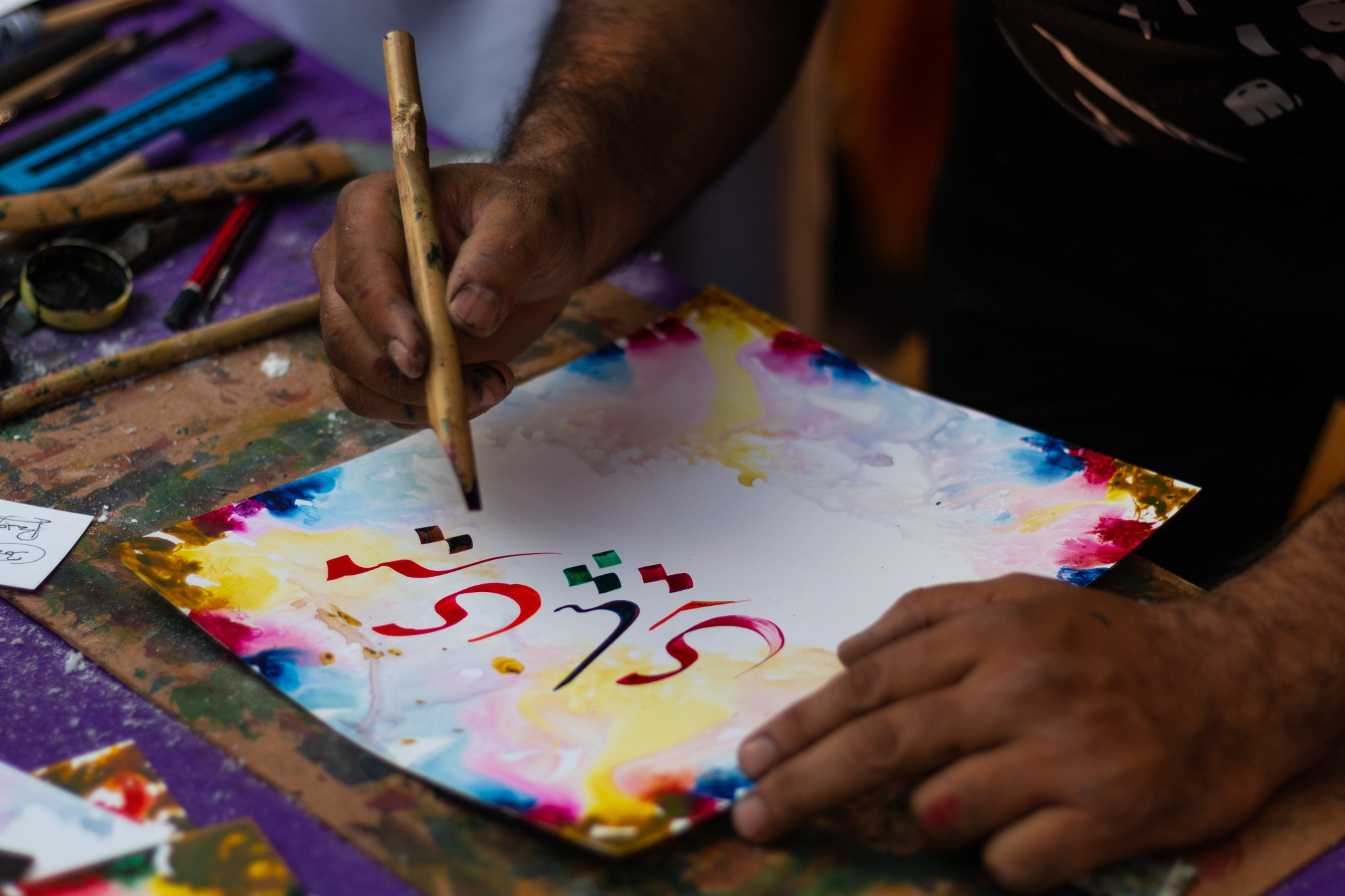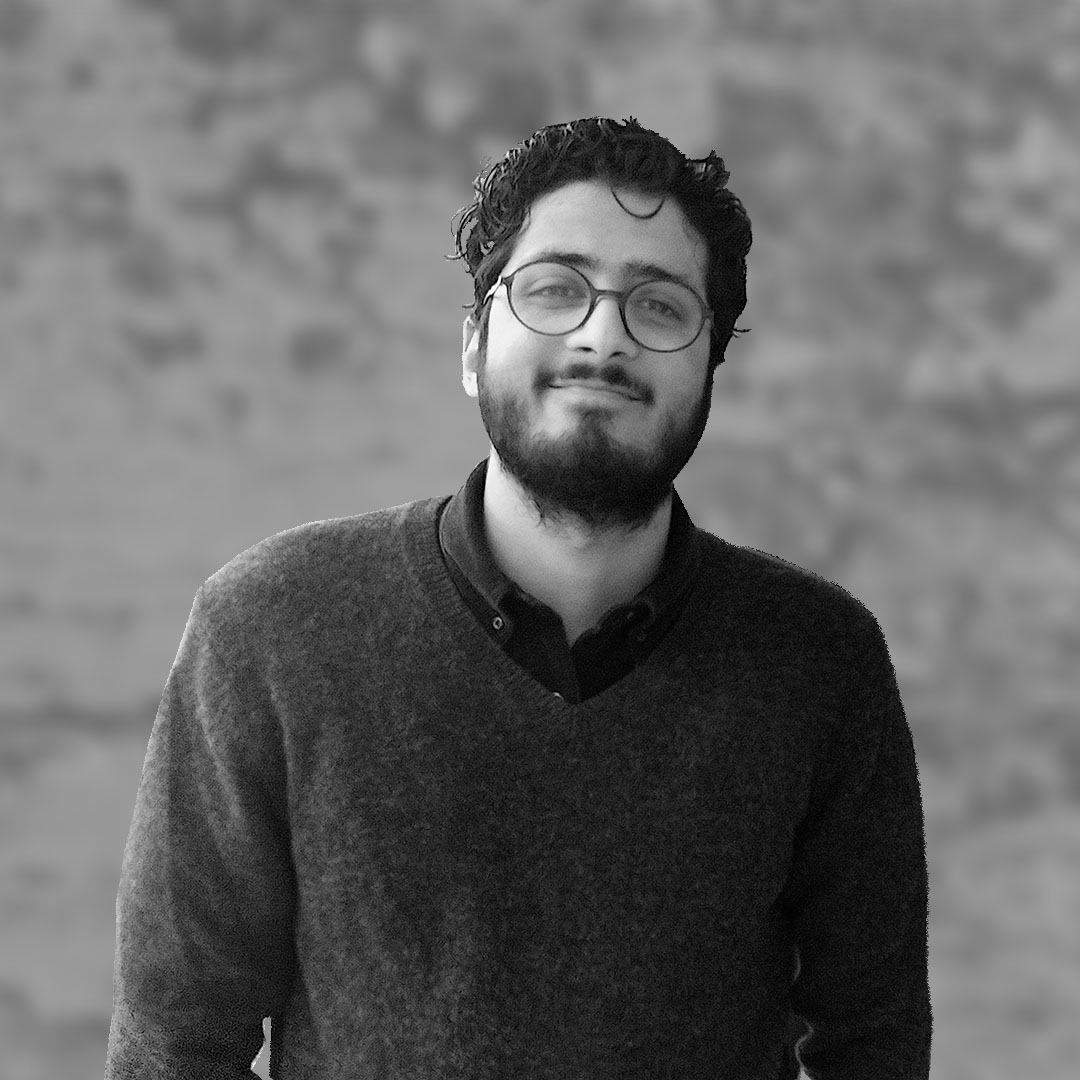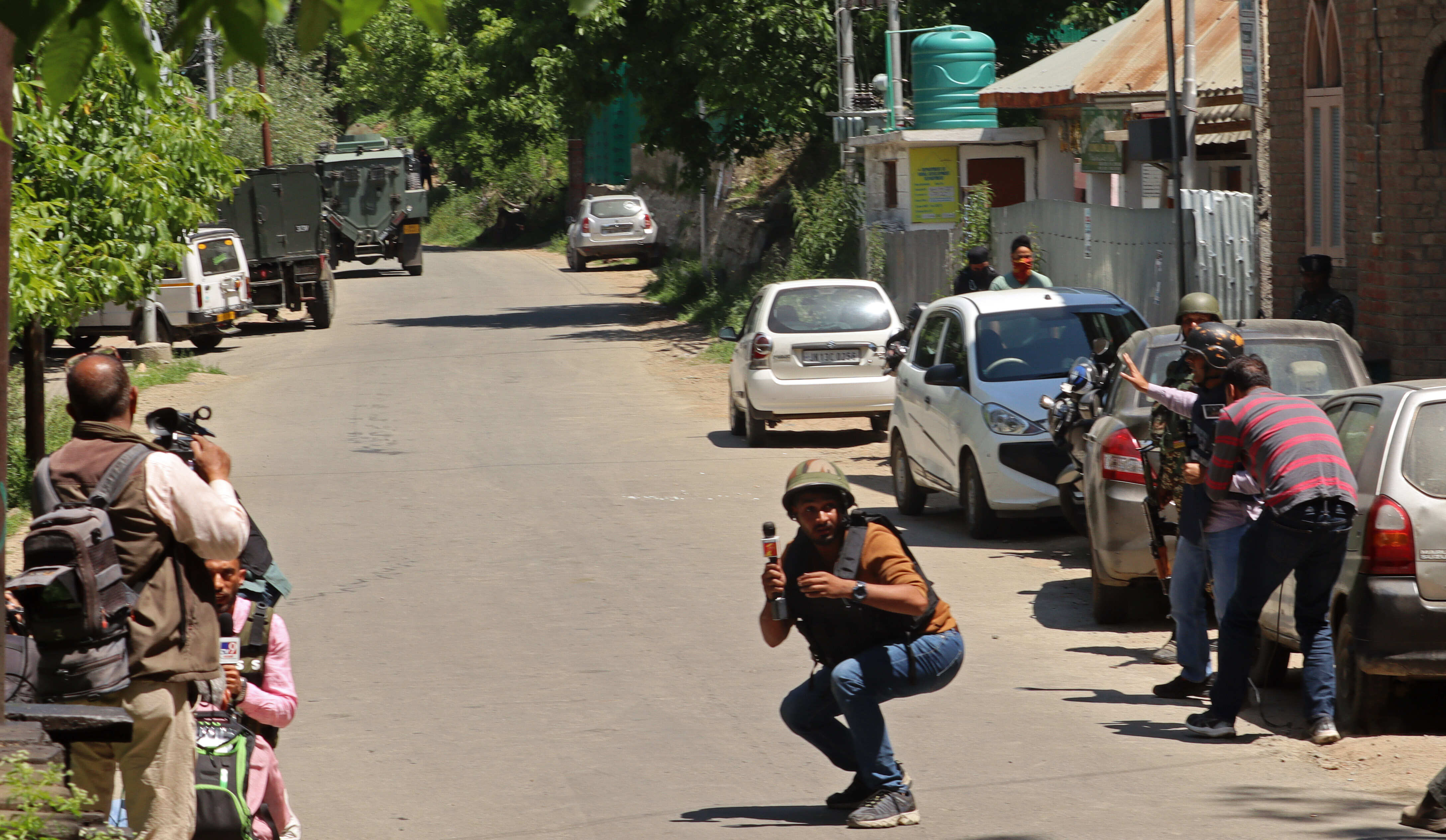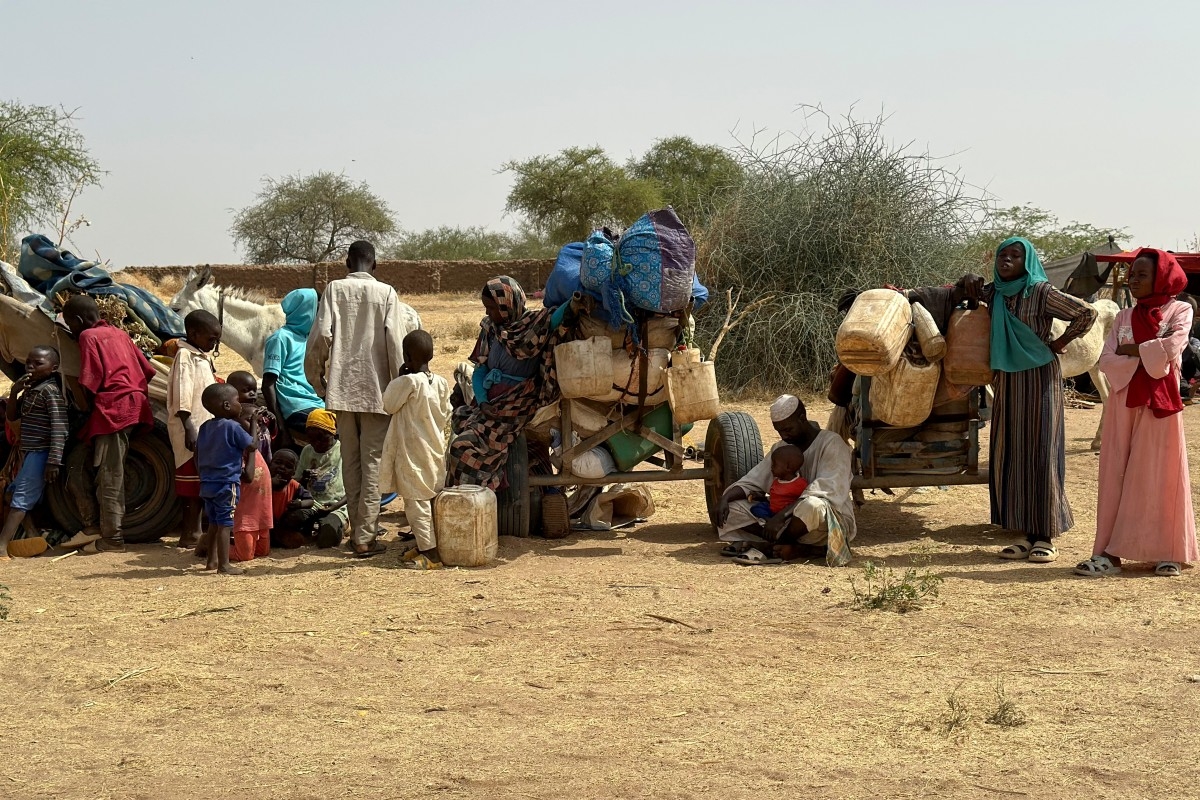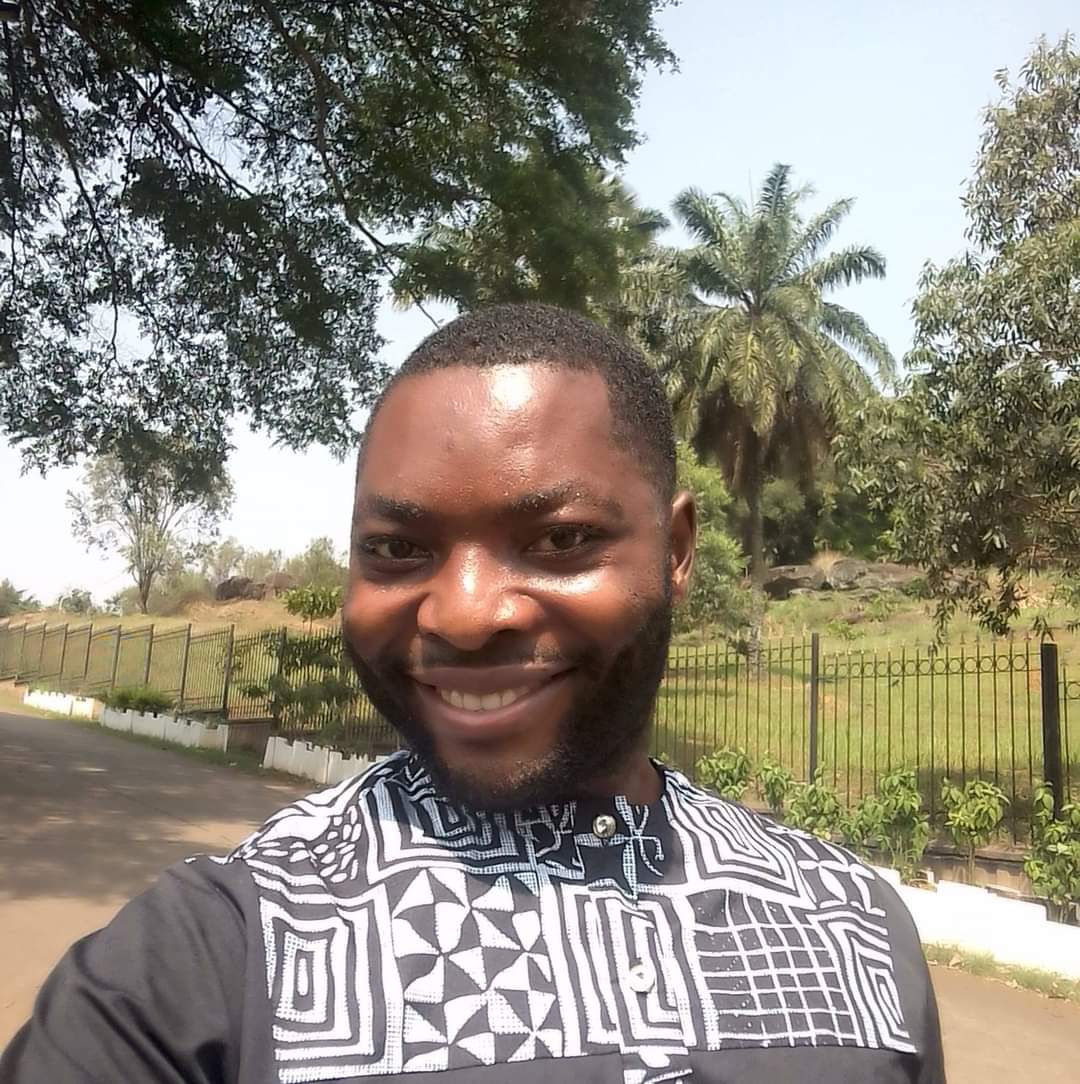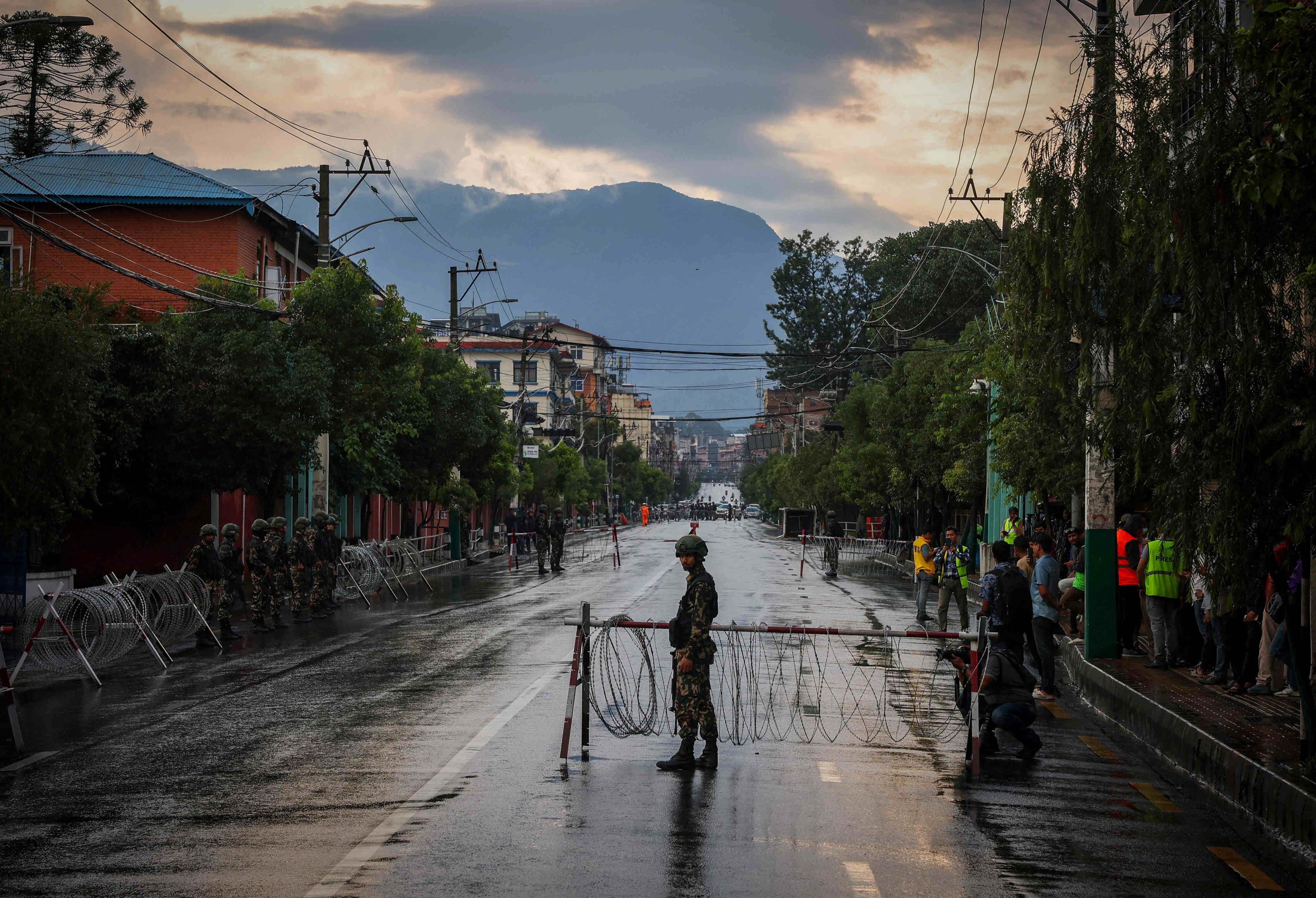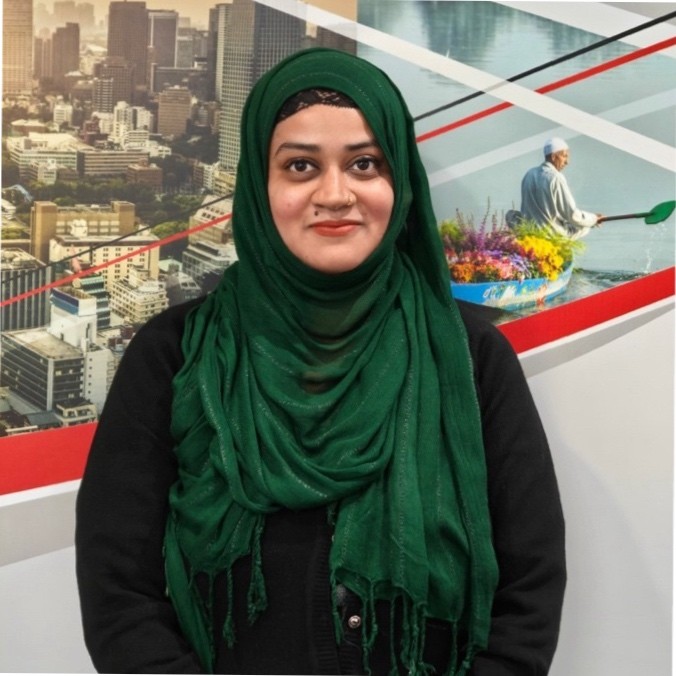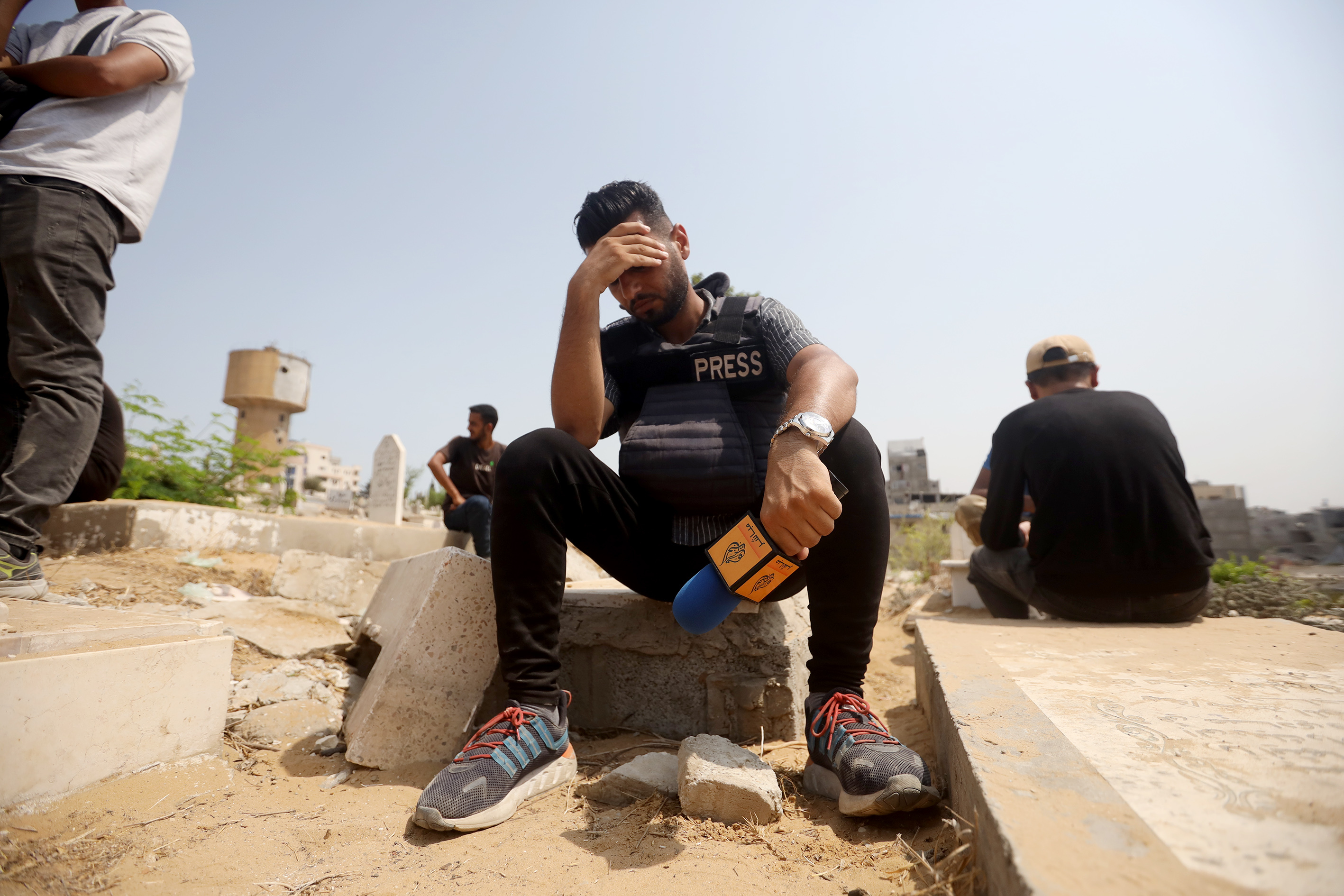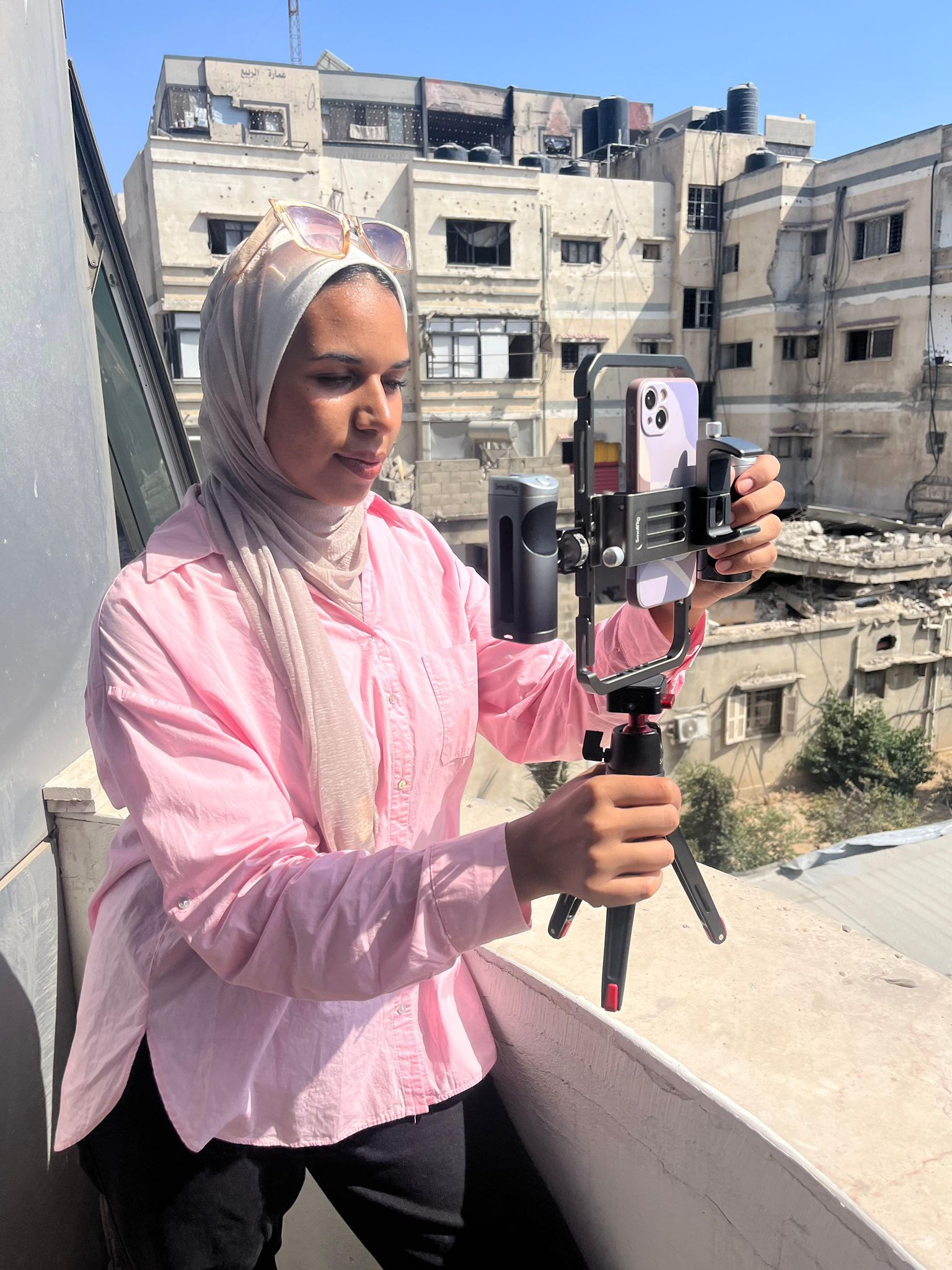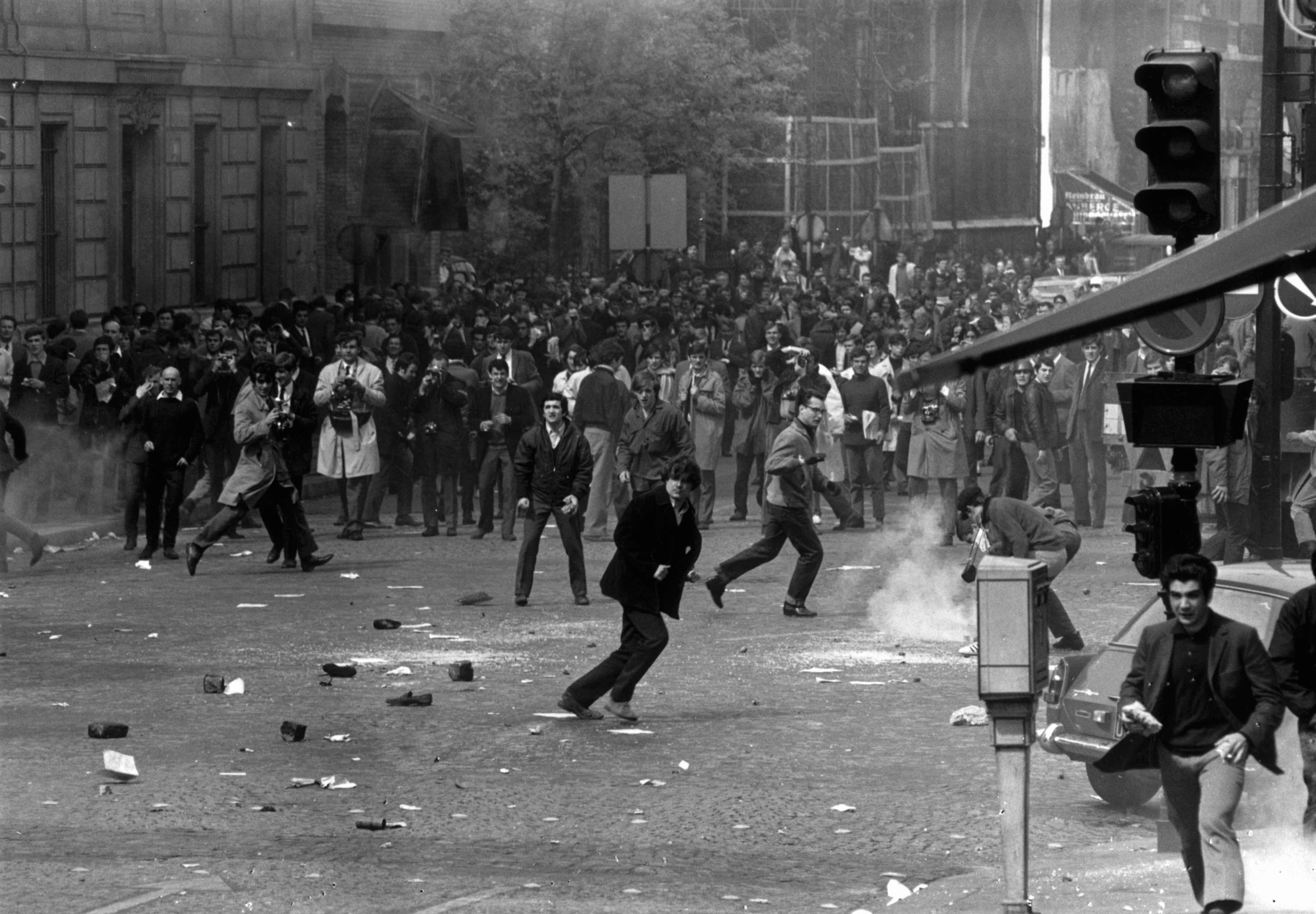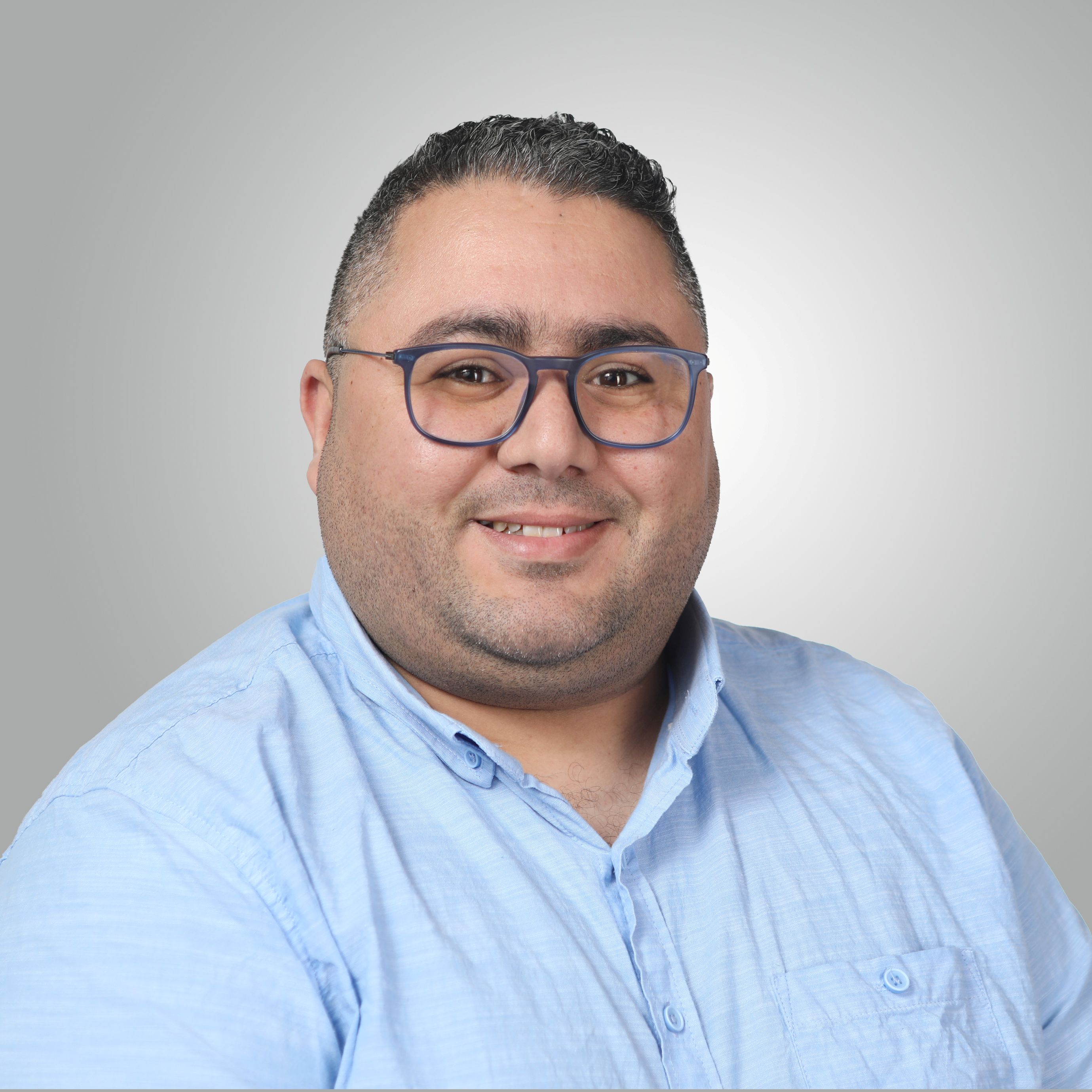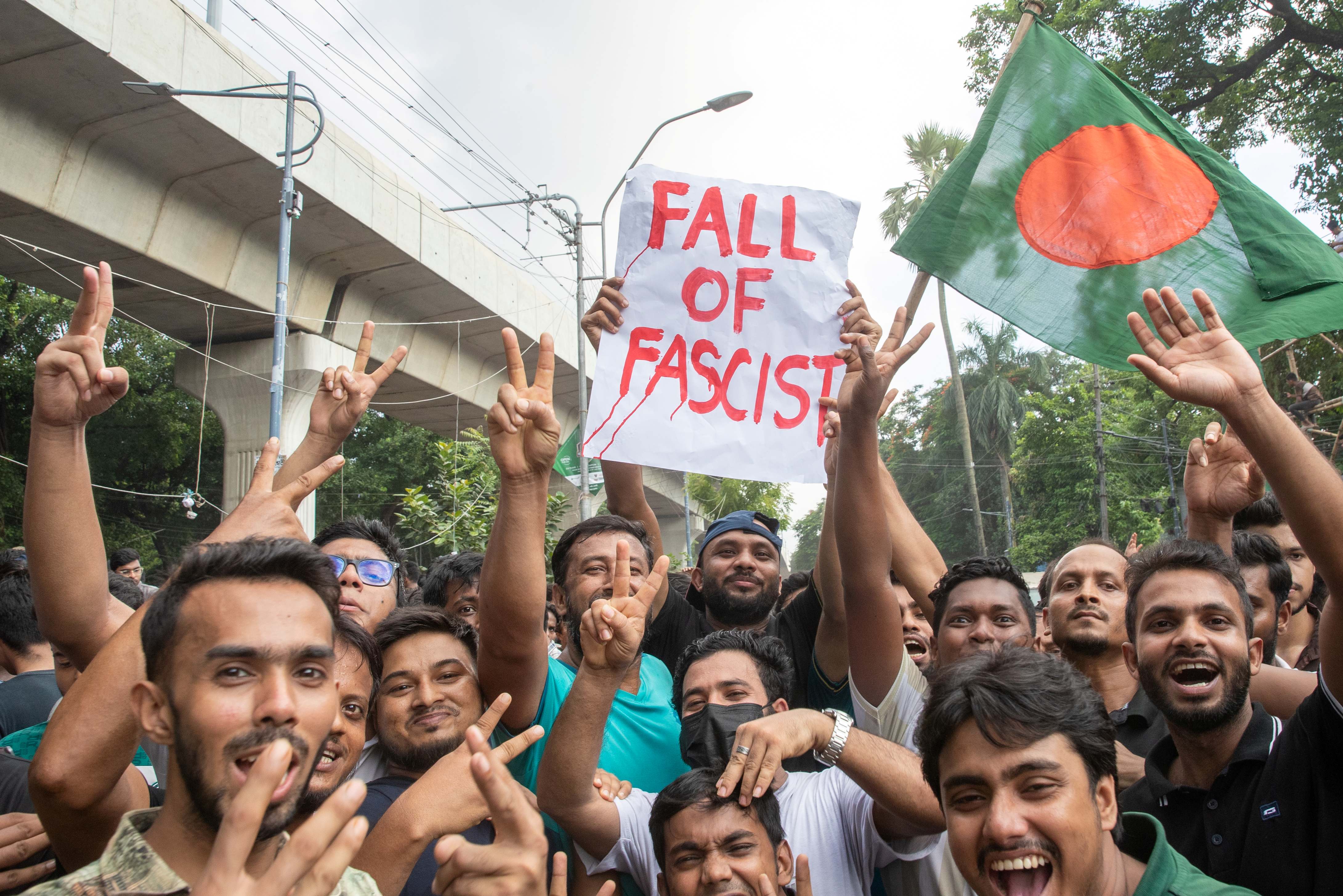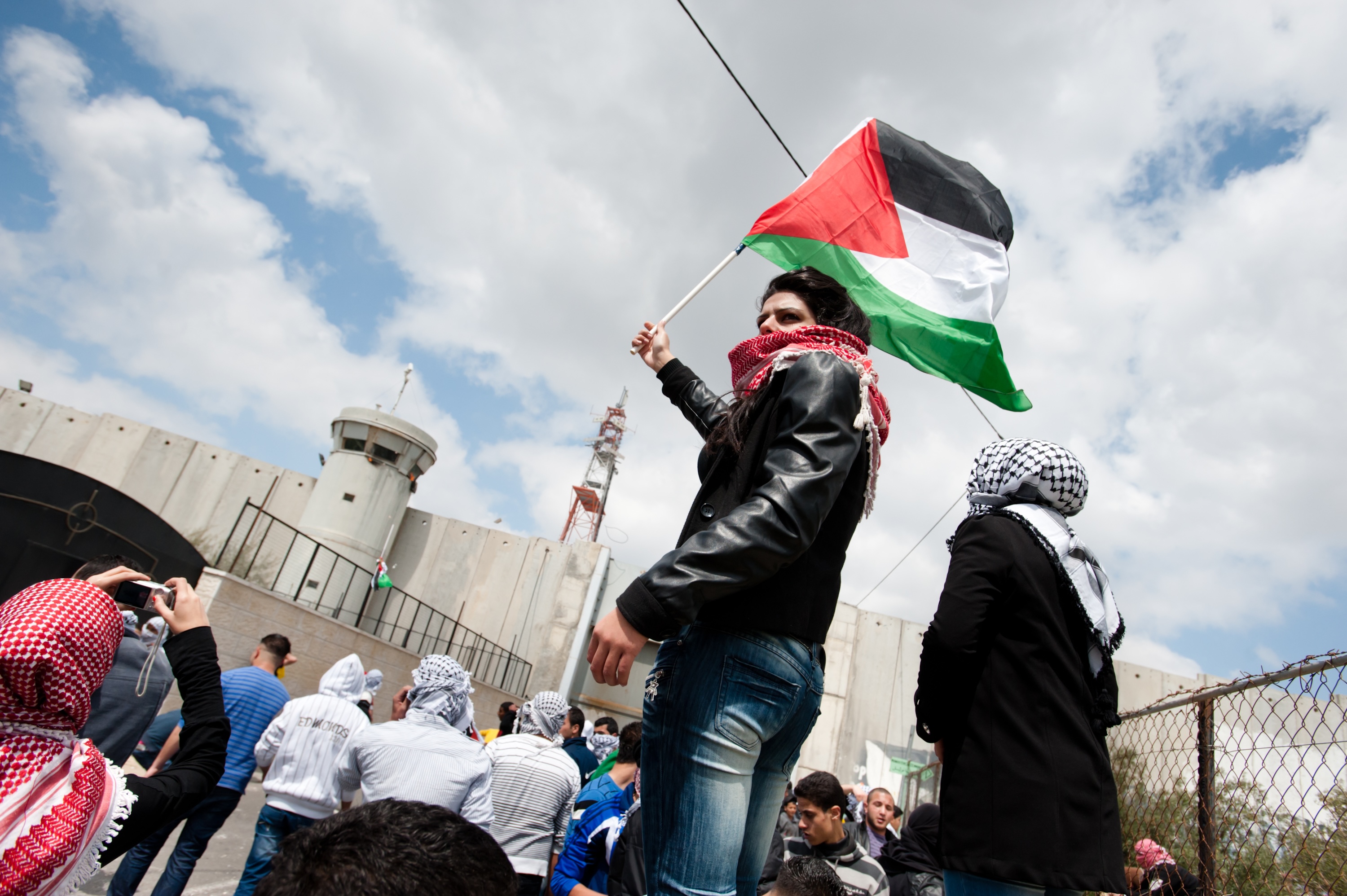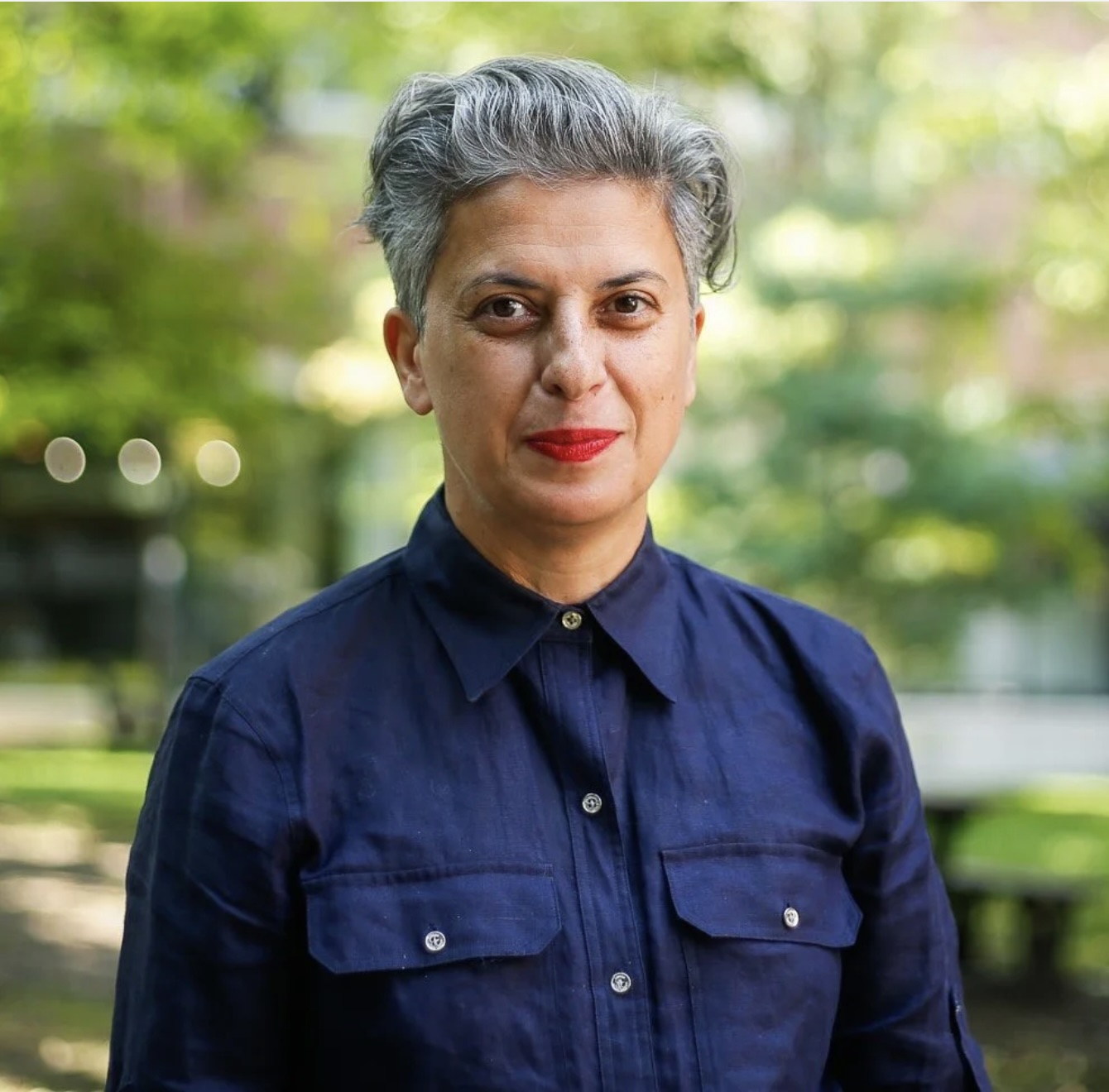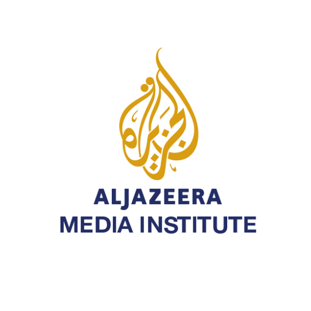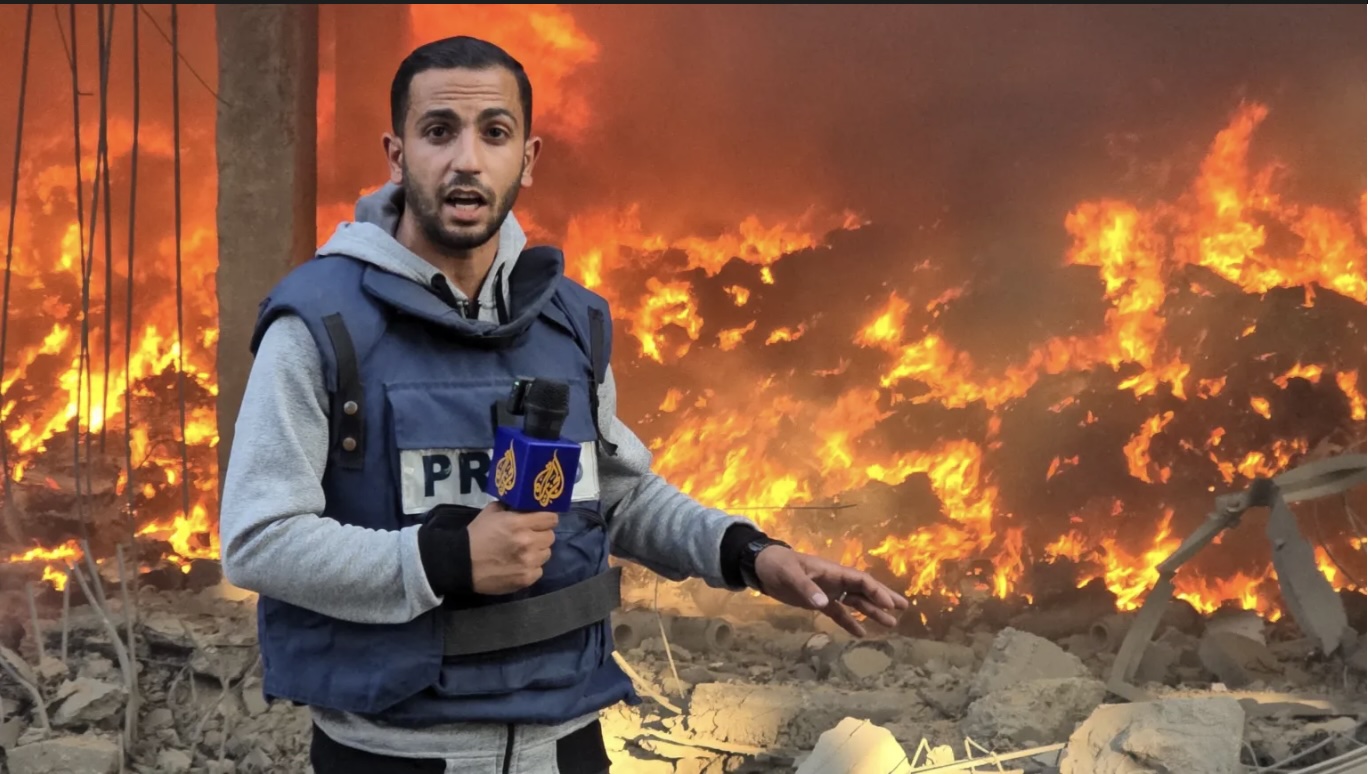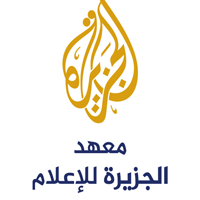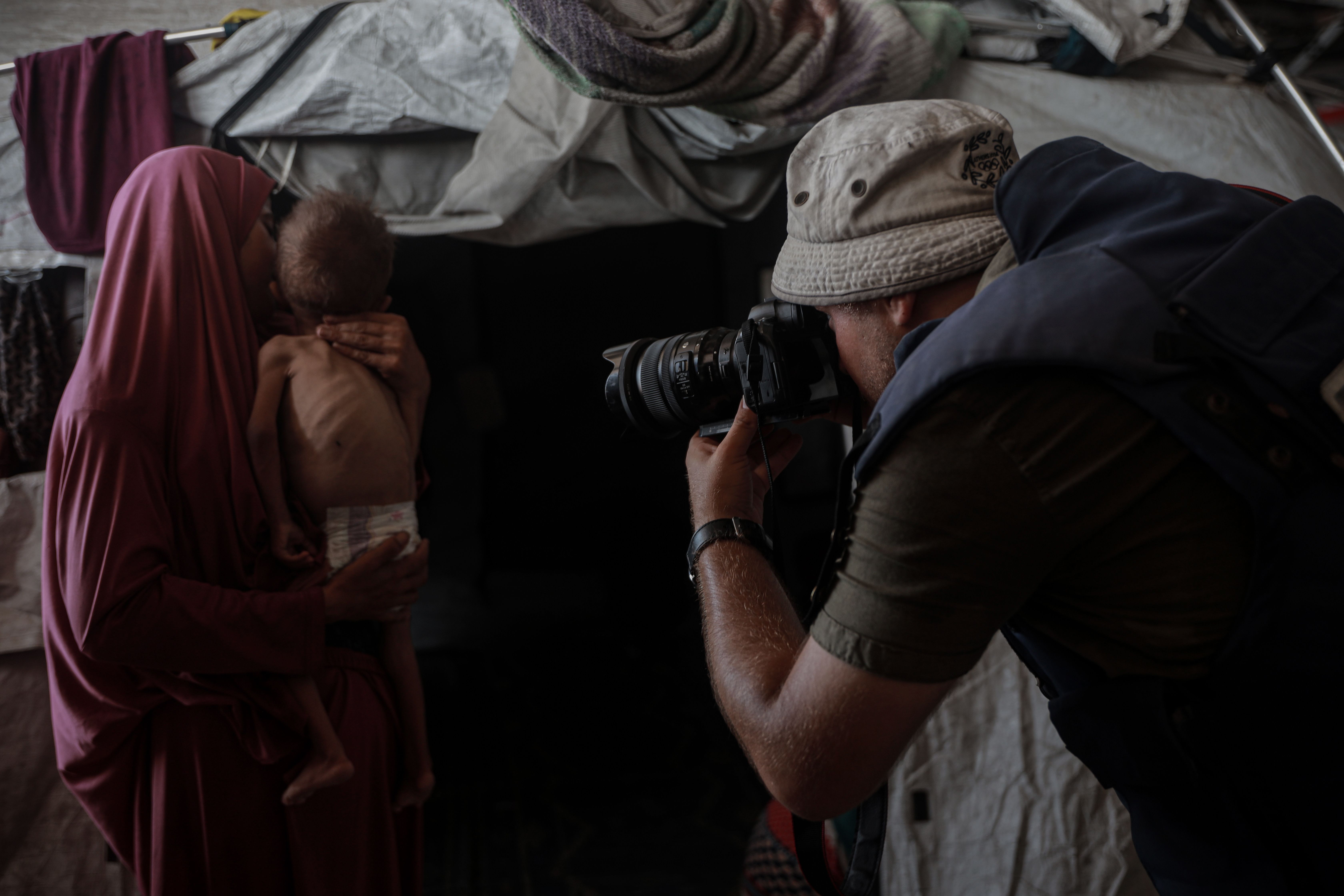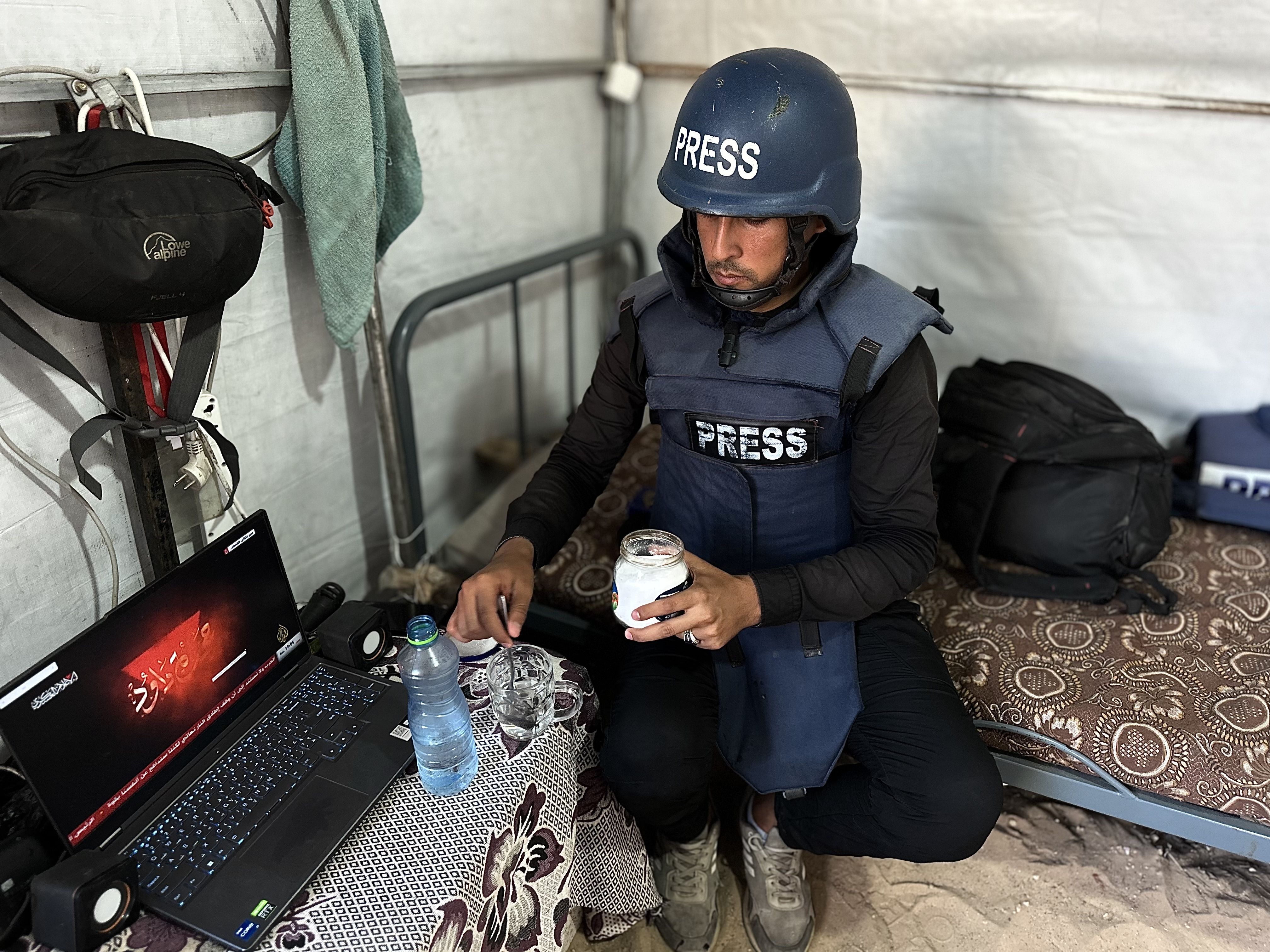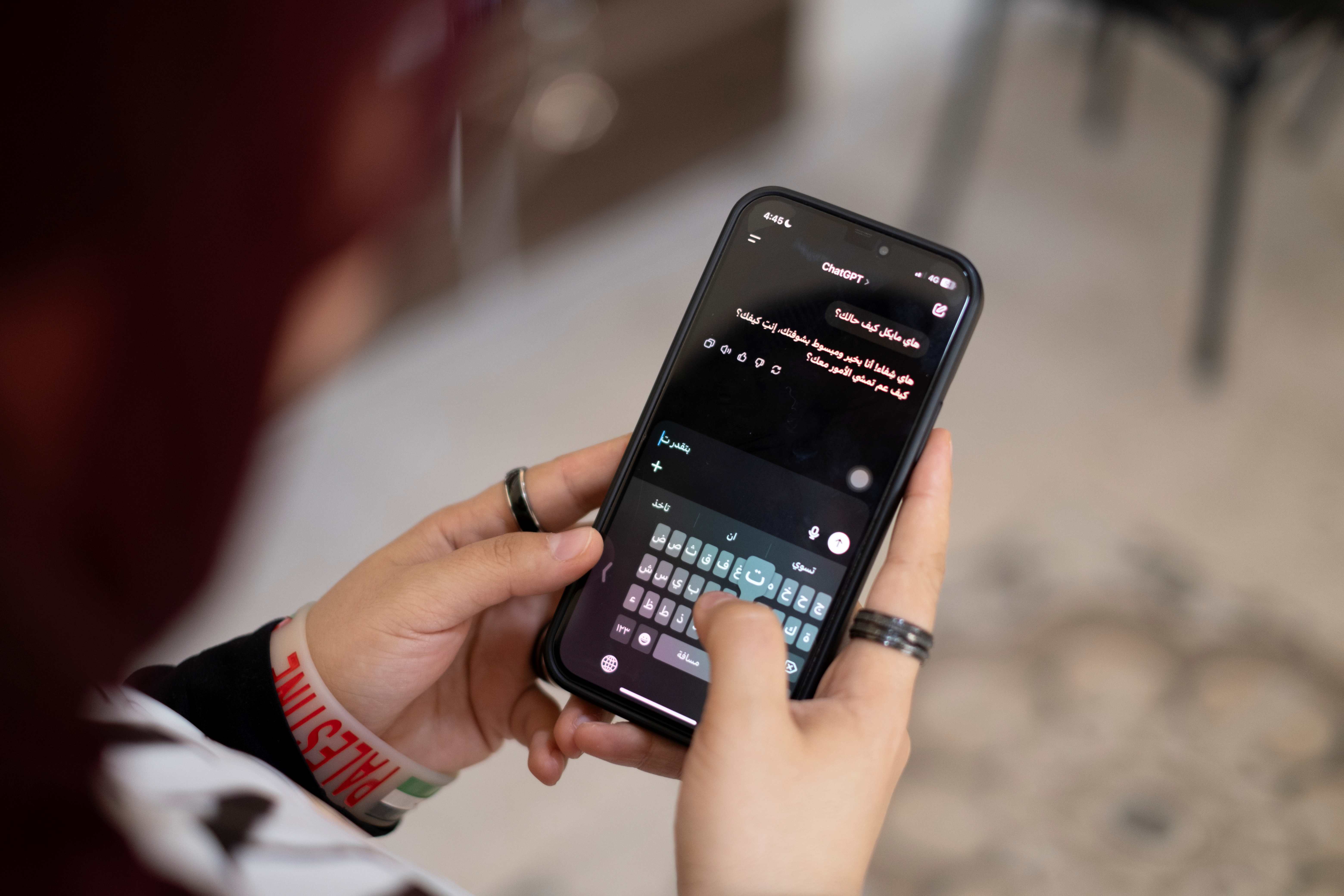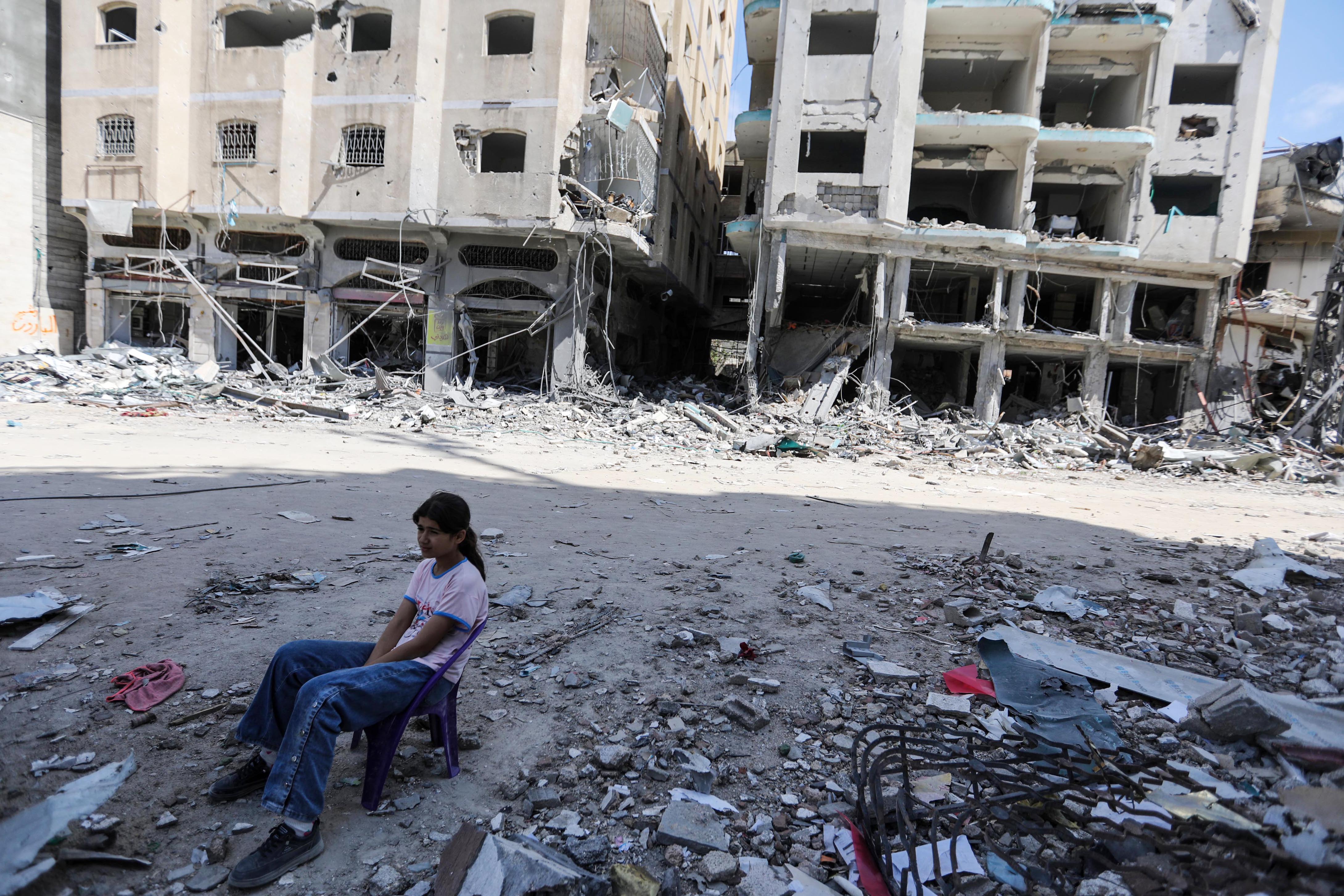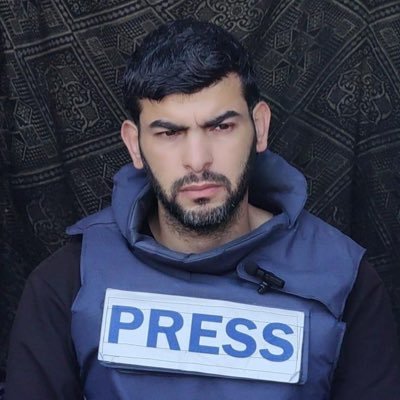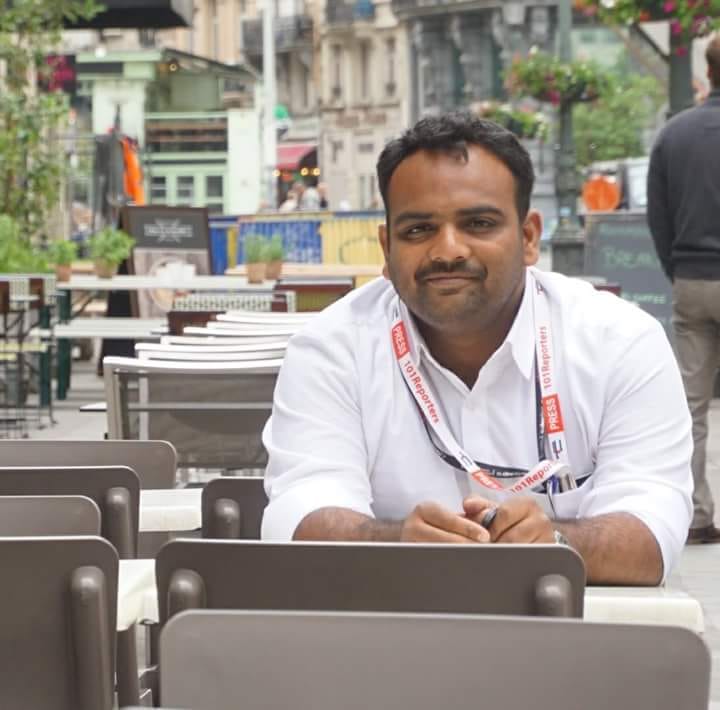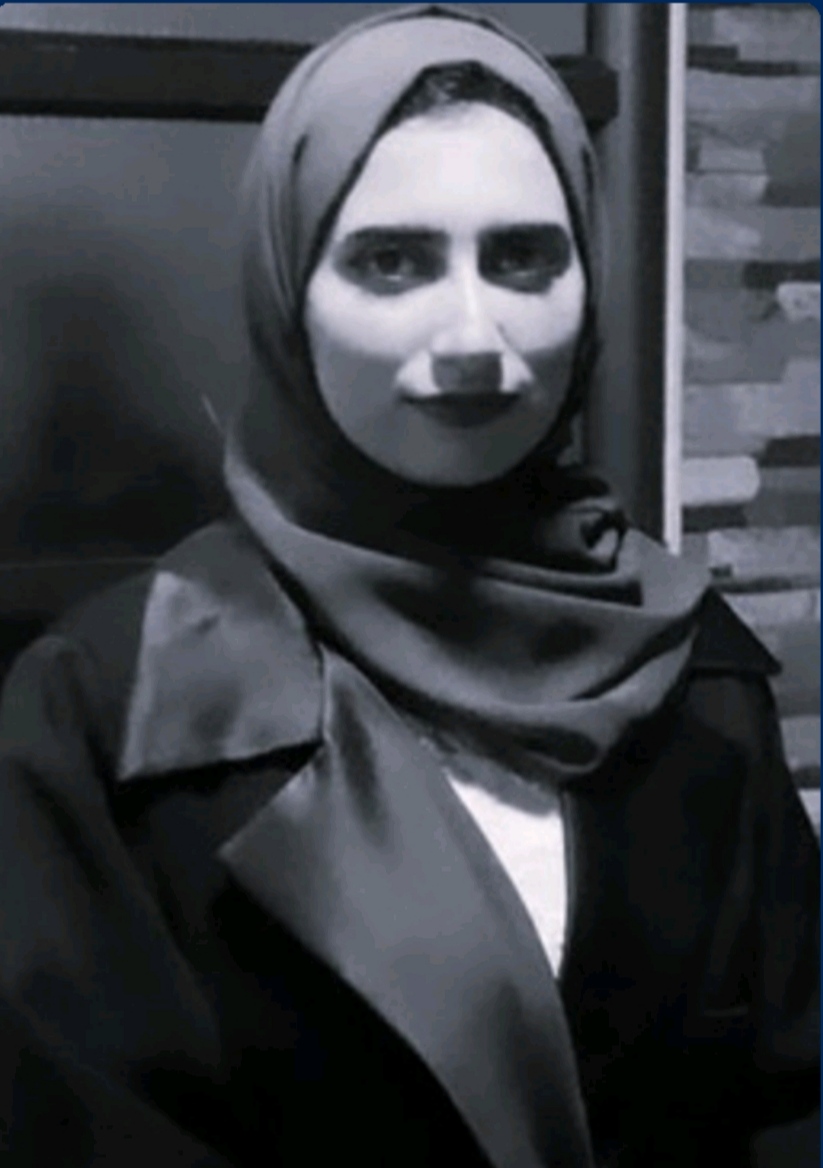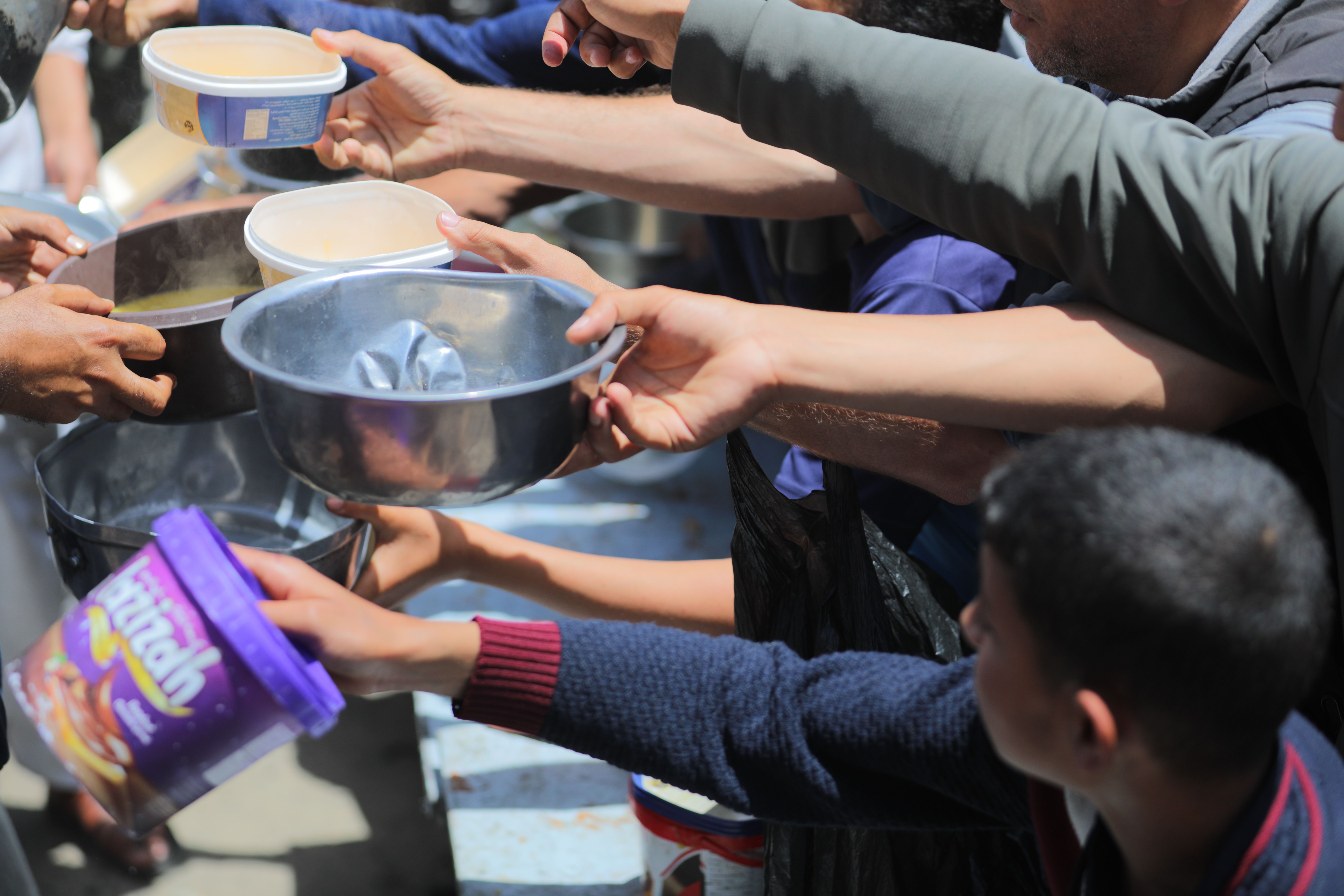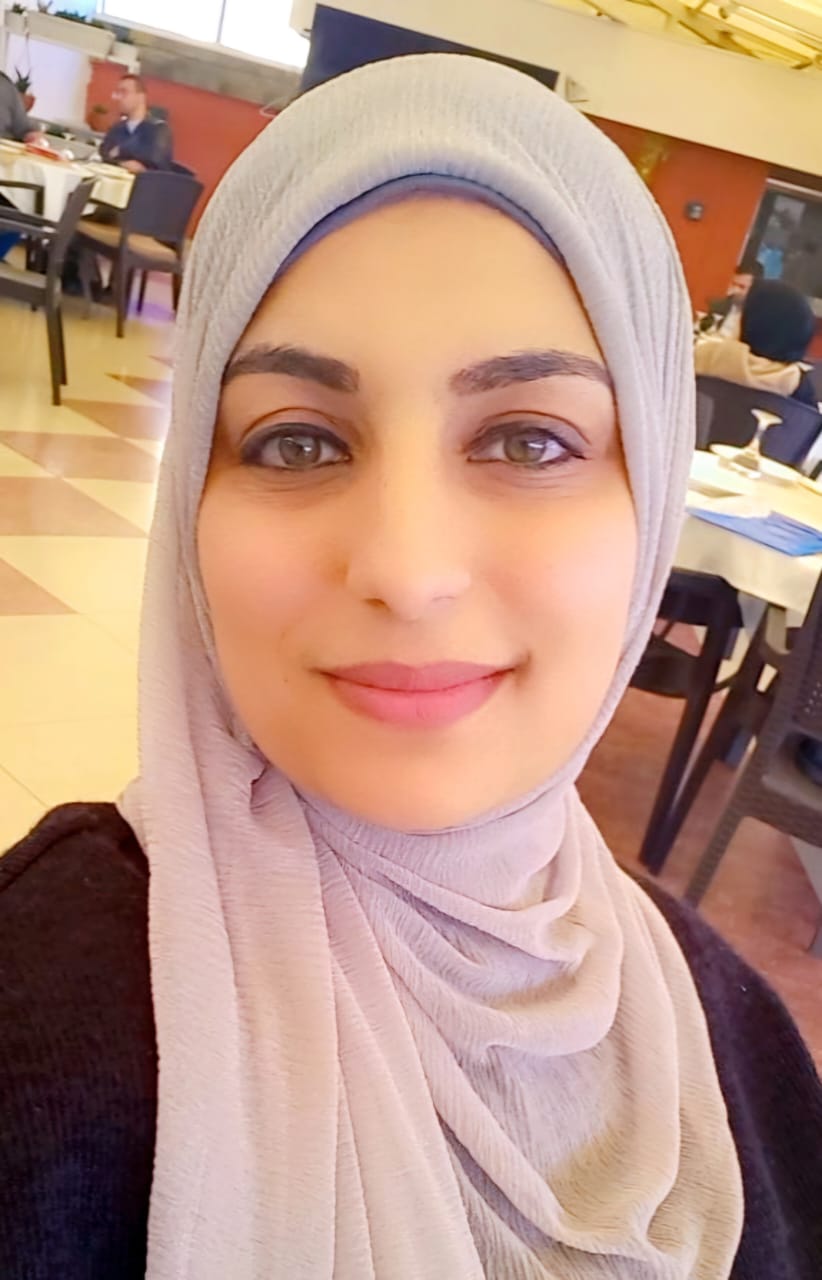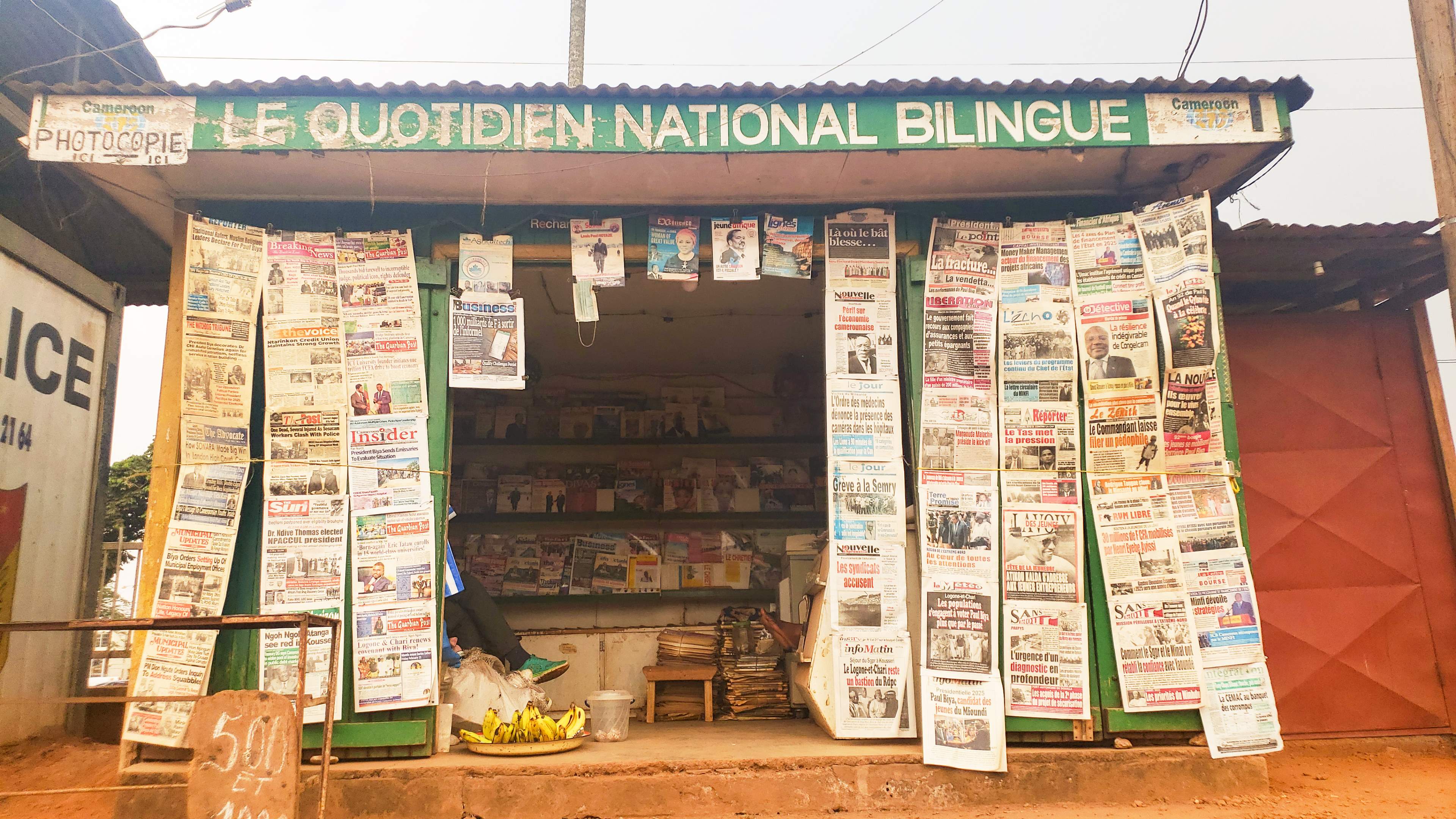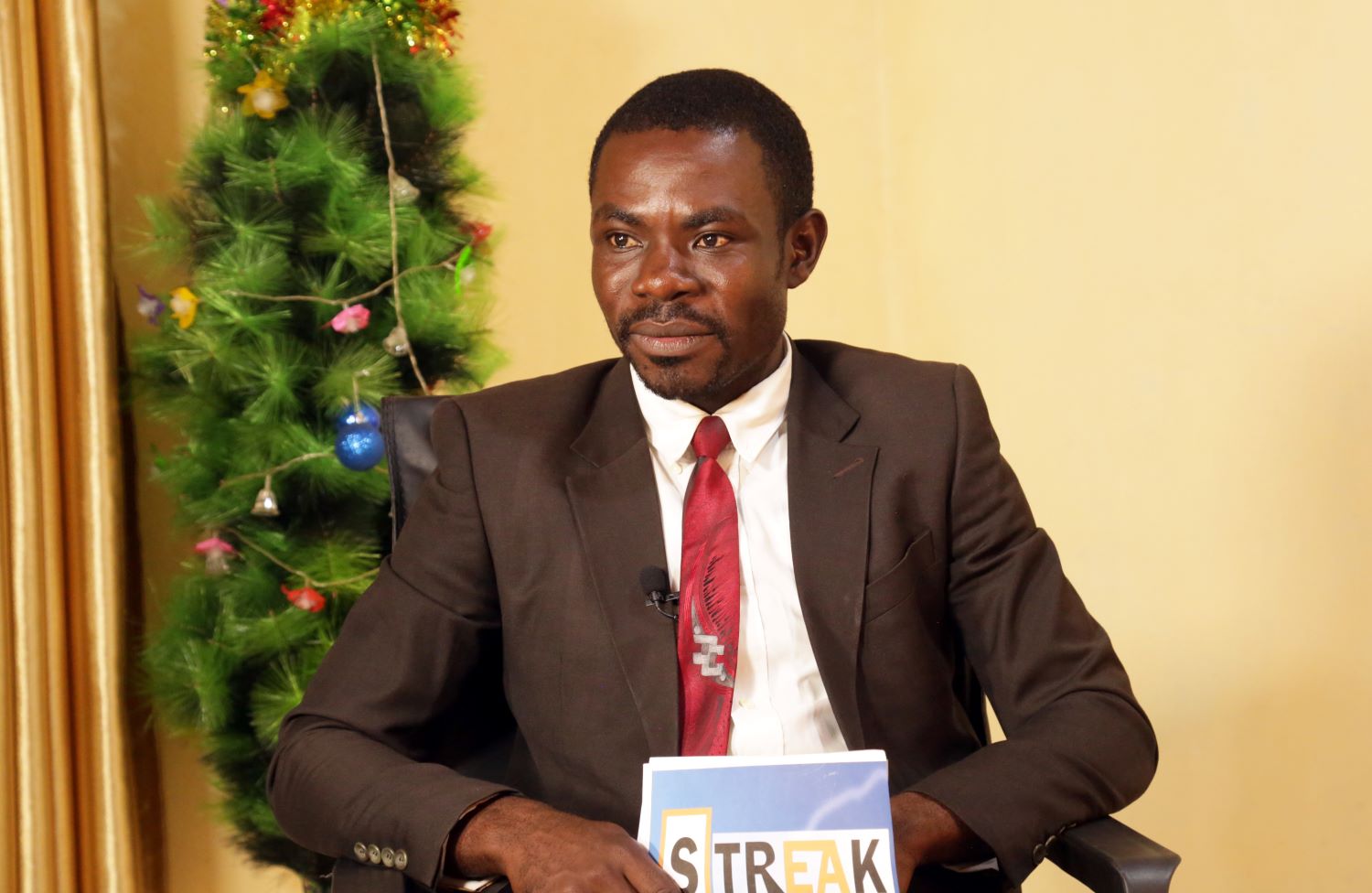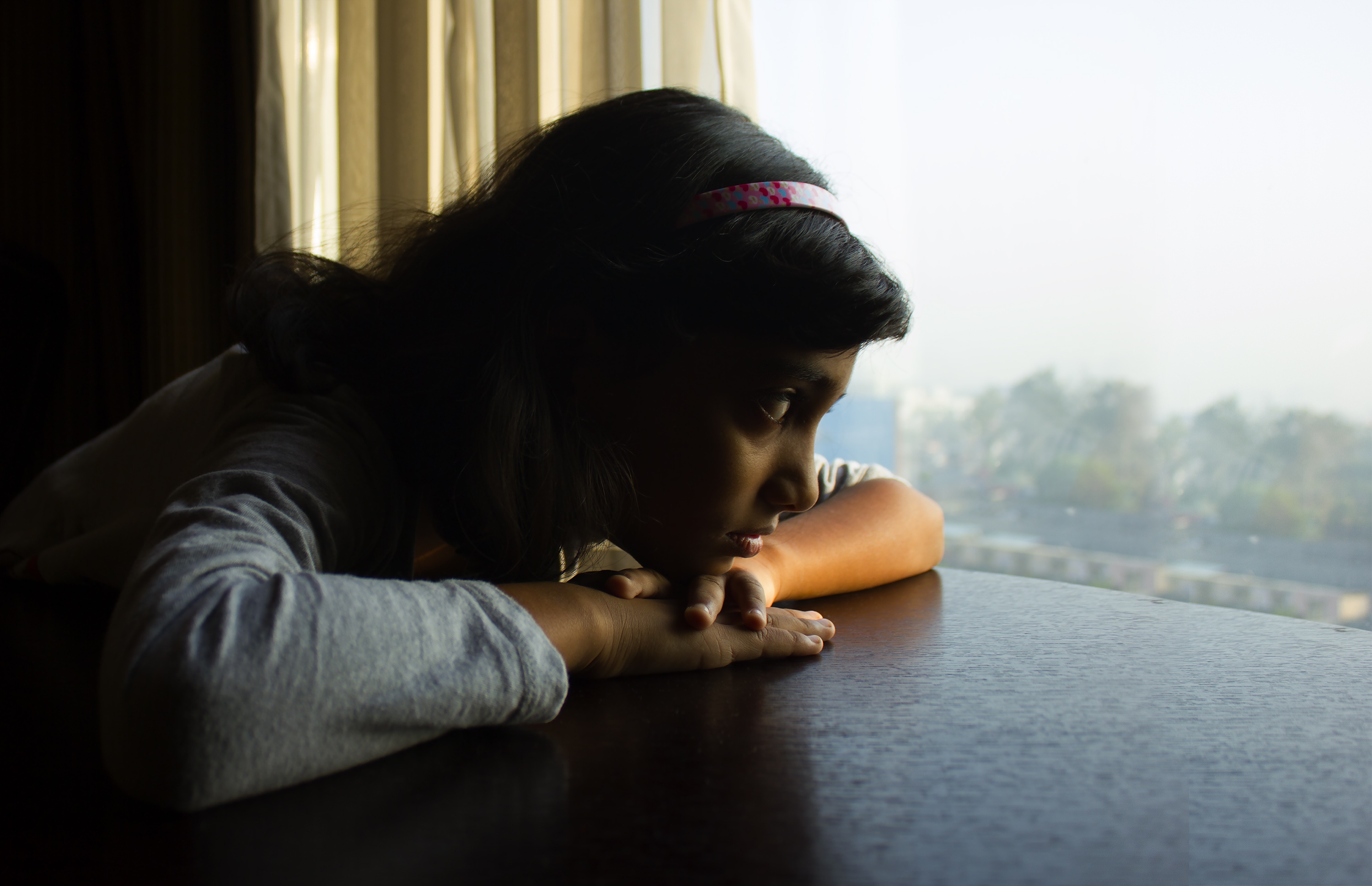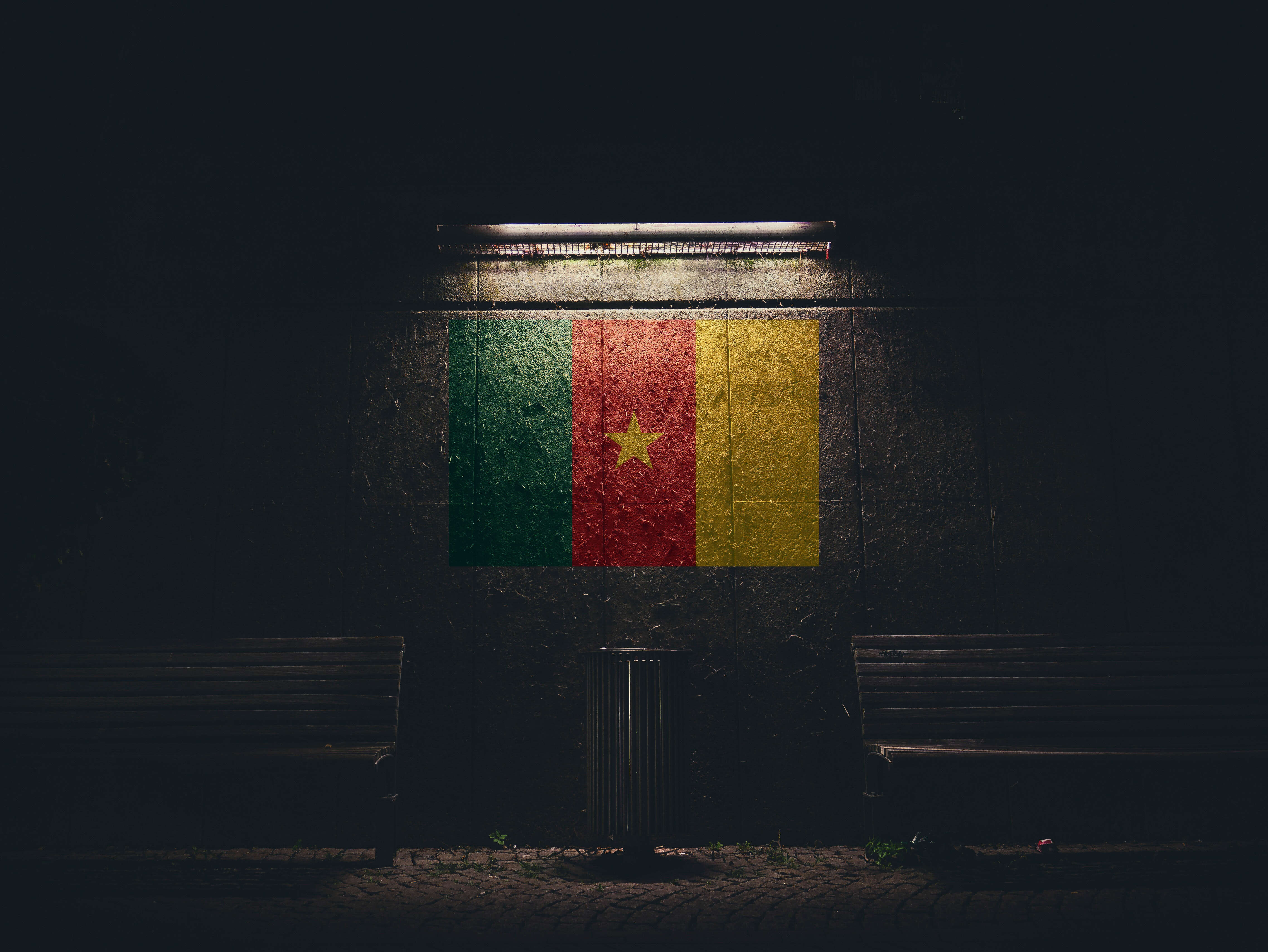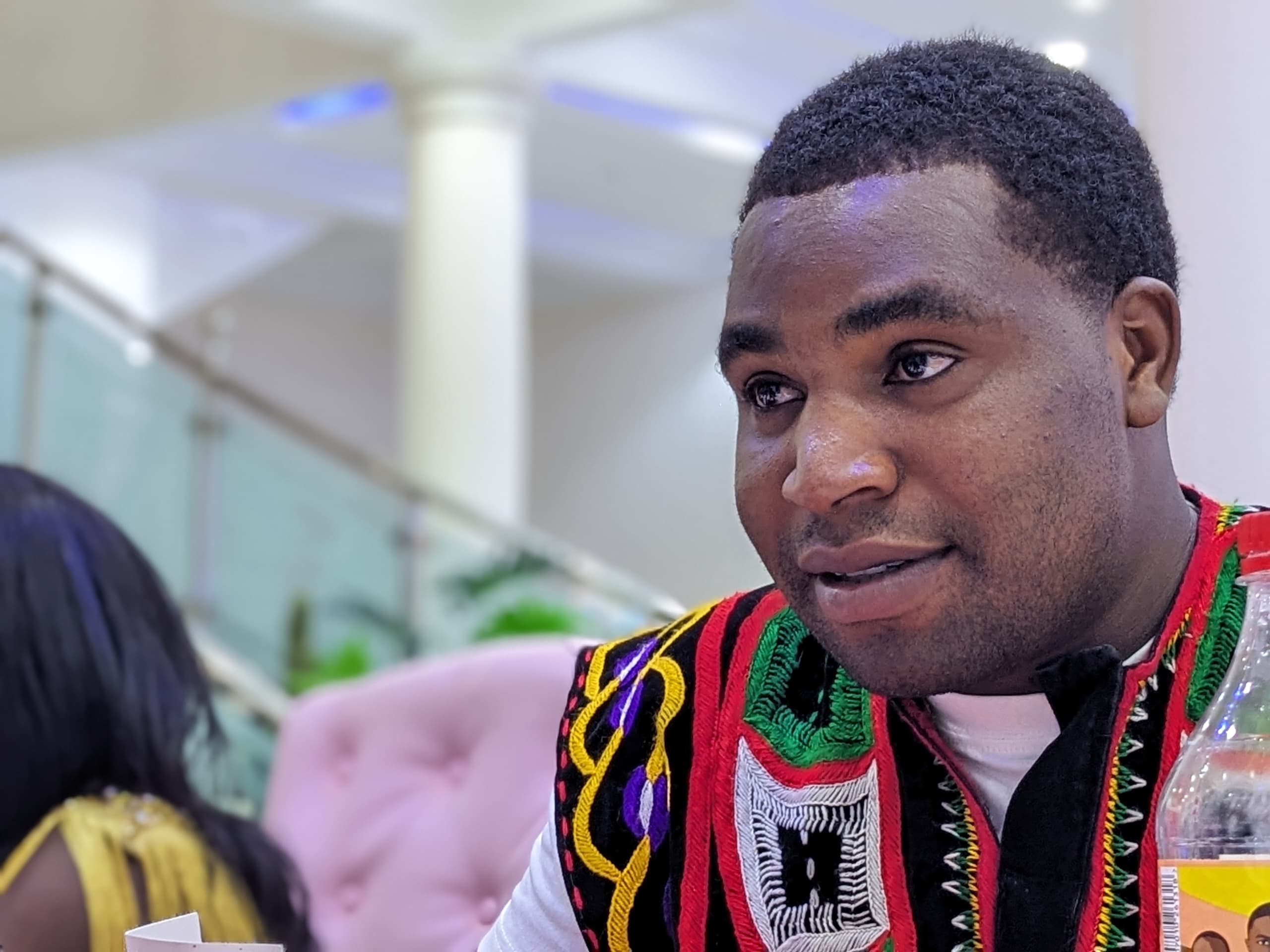الاختطاف هو أحد المخاطر التي يتعرض لها الصحفي خلال وجوده لإنجاز مهمة تغطية في أرض تشهد صراعاً مختلف القوى، فالخطف هو الإخفاء القسري أو احتجاز رهائن لغرض يتعلَّق بفديةٍ أو ابتزاز موقف أو لتصفية حسابات شخصية.
أماكن الاختطاف
يحدث الاختطاف عادة بحسب تاريخ الإخفاء القسري في البلدان التي اشتهرت آخر عشر سنوات من خلال التقارير ذات الصلة بأنها صاحبة السجل الأكبر في مثل هذا النوع من الحوادث، مثل باكستان، سوريا، فنزويلا، العراق، الصومال، الفلبين، نيجيريا، المكسيك.. فالخاطفون عادةً هم مجموعة منظَّمة تصمم على تحقيق أهدافها ولا تتوانى عن استخدام أي وسيلة لتحقيق هذه الأغراض، فعندما يكون تاريخ الاختطاف في بلدٍ ما يؤدِّي عادةً إلى نتائج تُرضي الخاطفين، كجَنِي الأموال أو الحصول على مواقف سياسية أو أسلحة، فإن خطر حدوثه يصبح في تلك الأرض كبيرا جدا على الصحفي والفريق العامل معه.
يقع الاختطاف في أماكن عديدة أبرزها: المقر في أرض المهمة، حيث من الممكن أن تهاجم قوة مسلَّحة من الخاطفين مقر الوحدة الإعلامية التي تعمل من خلالها بهدف احتجاز الفريق، أو يقع الاختطاف في ساحة التغطية أو خلال التجهيز لها، أو عبر استدراج الصحفي عبر أحد مرافقيه المحلِّيِّين إلى مكان ما يُداهِمهُ الخاطفون فيه، دائماً توقَّع حدوث عملية الاختطاف في أكثر الأماكن التي لا يمكن توقع حدوثه فيها، لذلك ابقَ متيقِّظاً لأي حركة غير طبيعية. تُعتَبَر نقاط التفتيش بؤرة خطيرة لحدوث الاحتجاز فيها، فكل كمين لا يتواجد في نقطة طبيعية لتواجده يُعتَبَر الاختطاف فيه خطراً إضافياً يجب التنبُّه له، بمعنى أن نقاط التفتيش تتواجد عادة عند مداخل المدن أو الطرقات الكبيرة والتقاطعات المهمة، أو عند مداخل ومخارج الجسور والنقاط الحيوية في المدينة لذلك فأي نقطة تفتيش تكون خارج هذه النقاط قد يقَع فيها الاحتجاز بنسبة أكبر من تلك التي ذكرناها.
تدابير أساسية
لتجنُّب الوقوع في مصيدة الاختطاف، يمكن اعتماد سلسلة من التدابير التي تساعد الصحفي على الحد من المخاطر، هذه التدابير يمكن اختصارها بالتالي:
تجنُّب الروتين: إنه من الهام جداً عدم تكرار الأشياء اليومية بفعل الاعتياد، كأن تتحرك في طريق واحد عند الذهاب والإياب، والتسوُّق من مكان ثابت، تناول الطعام في مطعم واحد وبأوقات محددة، ارتياد المقاهي ذاتها بشكل يومي. يقع على عاتق الصحفي هنا عبء إضافي في دراسة الجغرافيَّة، جيداً لاختيار طرقات وأماكن جديدة كل يوم، بالتأكيد إنه تحدٍّ صعب لكن تذكَّر دوماً أنَّ في هذه الإجراءات نجاة لحياتِك.
التقليل من الظهور: على الصحفيين في مناطق الصراع ألا يضعوا أنفسهم تحت أنظار الآخرين بشكل دائم، ندرك هنا معنى الأضواء بالنسبة لصحفي موجود في ميدان يهابه كثيرون، لكن لا تتواجد في مكان واحد لتغطية قصة ميدانية لأكثر من 40 دقيقة، حاول أن تغادر بسرعة. لا تبقَ في مكان البث على الهواء مباشرة بعد التغطية الحية، غادر بسرعة إلى مكان أكثر أمناً، فهذا الموقع مكشوف للجميع.
الوعي بثقافة المنطقة: إن الوعي بثقافة المنطقة يعتبَر ركناً أساسياً في حمايتِك، لذلك إذا كان تواجُدُك في مكانٍ ما طويلاً بفعل الإقامة، عليك أن تخلق علاقات جيدة مع مسؤولي القبائل أو الوجوه المعروفة مجتمعياً في تلك المنطقة؛ فهذا يضعُكَ في مأمن من التعدي غالباً أو يجعل التواصل لأجل إطلاق سراحك في حال اختطافك أمراً أقل صعوبة.
حماية المقر الذي تتواجد فيه: إن أخطار الاختطاف تتزايد خلال تواجدك في الميدان، وتقل إذا بنَيت شبكة من الحراسات الذاتية حول المقر عبر شبكة من الفريق الذي يعمل معك، تكون هذه الحراسات منتشرة عبر دوائر بعيدة وقريبة من المقر، بحيث تُنبِّهُك من اقتراب القوة المسلَّحة قبل وصولها إليك فتضمن الهرب أو الاختباء في مكان آمن لا يمكن الوصول إليه.
خلية الأزمة
في عملية الاختطاف، هناك ثلاثة أطراف رئيسية هي المخطوف والخاطف والمؤسسة الإعلامية، بعض الخاطفين قد يلجؤون إلى وسيط مع مؤسستك، تذكَّر دوماً أنَّ المؤسسة الاعلامية أو الجهة السياسية في البلد الذي تحمل جواز سفره لن تترك جهداً دون أن تبذله في سبيل إطلاق سراحك، لذلك في حال وقع الاختطاف في نقطة ما، عليك أن تلتزم بكل ما يُقال لك ولا تناقش في بادئ الأمر، إن اللحظات الأولى للاختطاف هي الأصعب دوماً على الخاطف والمخطوف باعتبارها تكون لحظات اكتشاف النوايا وفرض القوة، فلا تفكر في الهرب إذا لم يكن هناك سبيل إليه ولا تقاوم مطلقاً، إن هذا ليس استسلاماً بل تكتيكٌ للحفاظ على حياتِك، قد تُنقل من مكان إلى آخر وأنت معصوب الأعين، لا تقلق بما أنَّك لم تُقتَل في اللحظة الأولى فذلك يعني أن حياتَكَ مهمة بالنسبة للخاطفين، ابق هادئاً وتذكَّر أن هناك جهات كثيرة ستعمل مع مؤسستك لإطلاق سراحِك.
مراحل عملية الاختطاف
أيضاً هناك أربع مراحل ستمر بها خلال عملية الاختطاف، هي مرحلة القبض على المخطوف، مرحلة الاحتفاظ بك والبدء بعملية المفاوضات، الإفراج عنك أو التأكد التام من مقتلك والفريق المخطوف، مرحلة ما بعد الاختطاف.
في هذا المقام لا يمكن عرض المهمات التي يقوم بها كل الأطراف في عملية الاختطاف خلال المرور بمراحل العملية، لذلك سأوجِز كل مرحلة باختصار شديد، طالما أنَّهُ لم تتم تصفيتك في بادئ الأمر فإن حياتَك مهمة للخاطفين وعليه حين يتم نقلك بين عدة أماكن احتجاز ستجد نفسكَ أخيراً في مكان ثابت يخضع لنوبات حراسة مشددة وروتينية، تذكَّر أنه لا يمكن أن تُصادِق الحرَّاس مطلقاً، وحاول أن تحسِّن من ظروف احتجازك، إذا كان هناك محتَجزين آخرين لا تتحدث معهم حول أسباب الاختطاف بل حاول أن تعرف أين يقع المكان الذي أنت فيه، كي تبني جغرافية خاصة بك تعرف من خلالها أبعاد المكان واتجاهاته، مارس الرياضة داخل مكان احتجازك واطلب أن تبقى على اطلاع على الأخبار وتحديثاتها مرتين أو ثلاث مرات كل يوم، لا تقم بحل شيفرات الاتصال الموجودة على الأجندة الخاصة بك لأحد مهما مورس عليكَ من ضغط، بل اطلب أن تتحدث عبر الهاتف مع مسؤولكِ في المؤسسة، ستنكر كل معلومة تُقدَّم لك وستنكر أي تصوير موجود على الذاكرات الرقمية التي وجدوها معك، لا تسأل أبداً عن فترة احتجازك أو تطورات ملف التفاوض مع خلية الأزمة التي تدير ملفك في المؤسسة التي تعمل بها أو الجهة السياسية للبلد الذي تحمل جواز سفره، لا بد أن تعلم أنه يمكن تحريرَك في أي لحظة نتيجة اختلال في القوى المتصارعة، إذا حدث هذا اتفق على إشارات مسبقة مع فريقِك المحتجز معك بحيث تتناوبون خلال النوم ليبقى أحدكم دوماً في دائرة الاستيقاظ لتنبيه الآخرين.
بعد إتمام عملية التفاوض سيُخلى سبيلك عبر وسيط، لا تسأل عن طبيعة الإفراج ومكانه، فغالباً أنت لن تعرف أنَّكَ في طريقِك إلى الحرية من جديد، وحين تعود إلى حياتِك مع عائلتك وأصدقائك خذ فترة نقاهة تعالج خلالها من آثار الصدمة التي عشتها ولا تعد في وقت قريب إلى أرض المهمة.
هذه الخطوط العريضة لملف الاختطاف، بالطبع هناك تفصيلات كثيرة يمكن الخوض فيها، سنتابع في ملف السلامة المهنية بالمقال القادم لنفتح ملف اختيار المقر في أرض المهمة وتأمينه.
